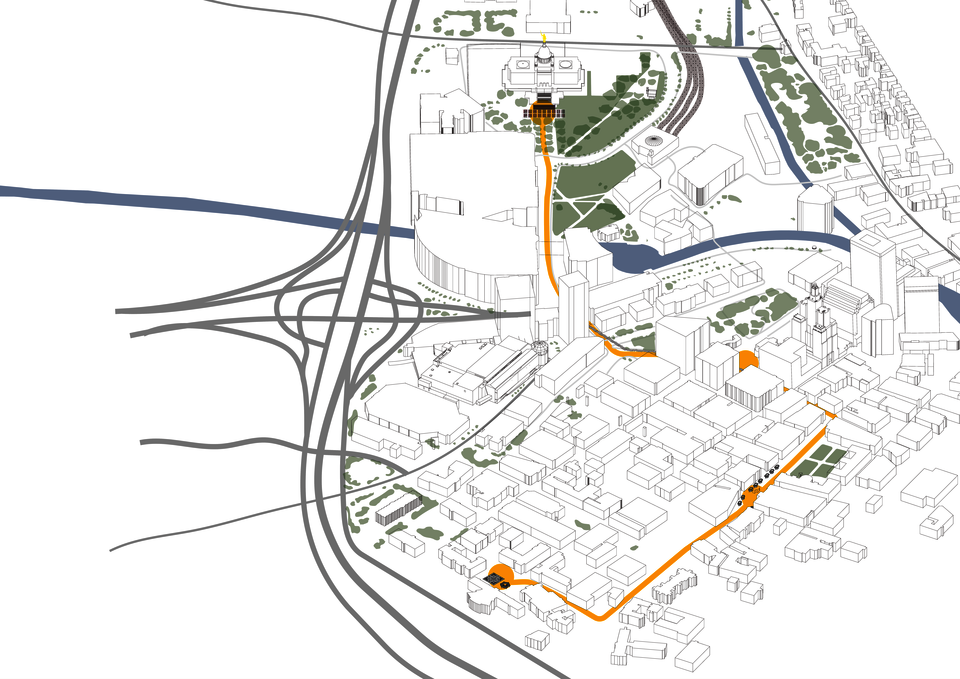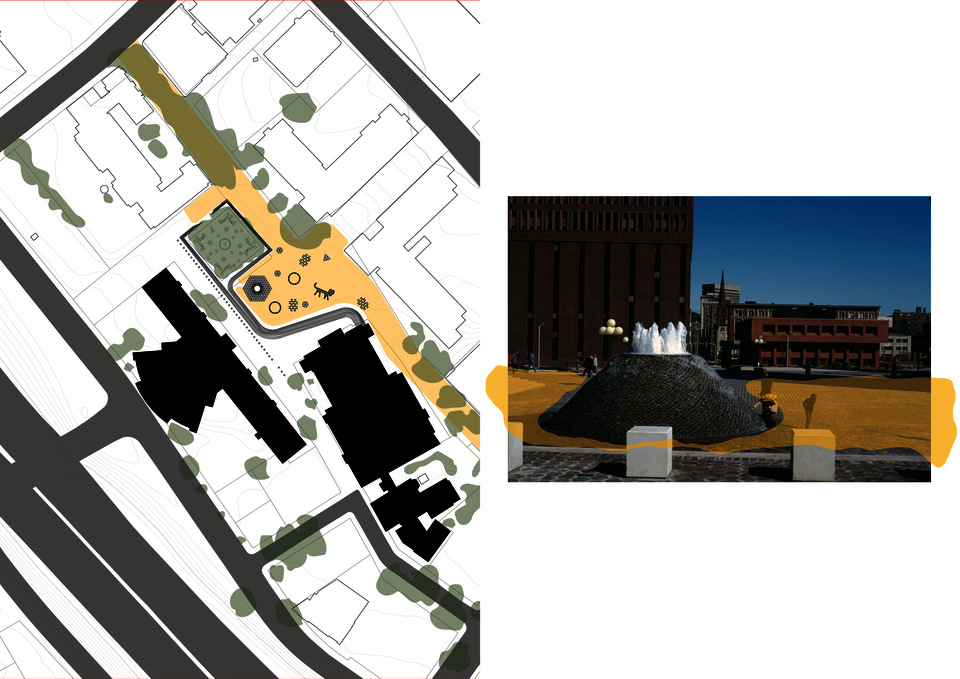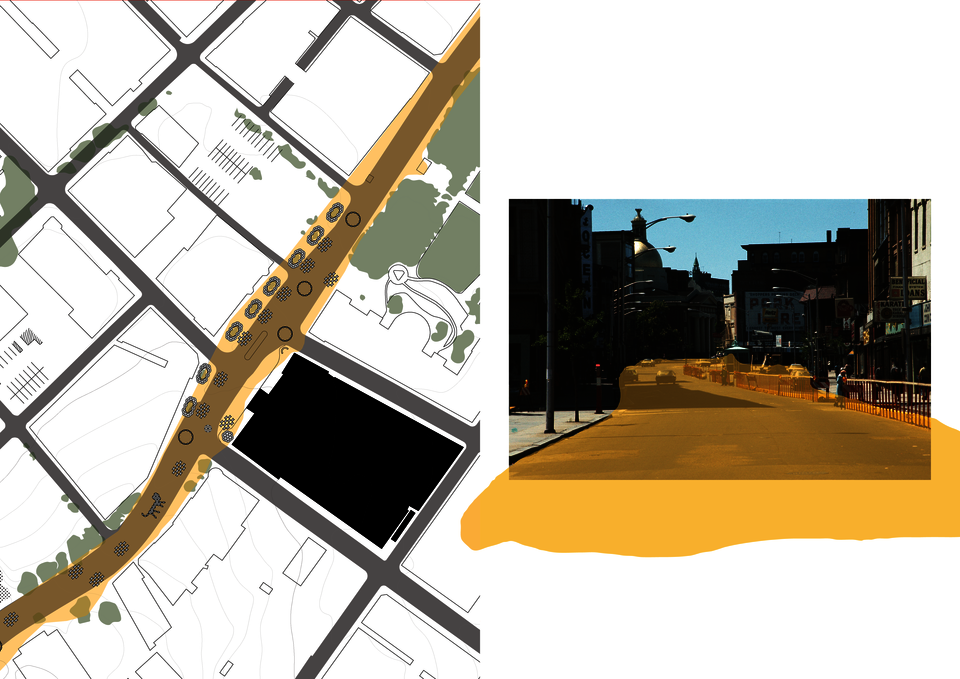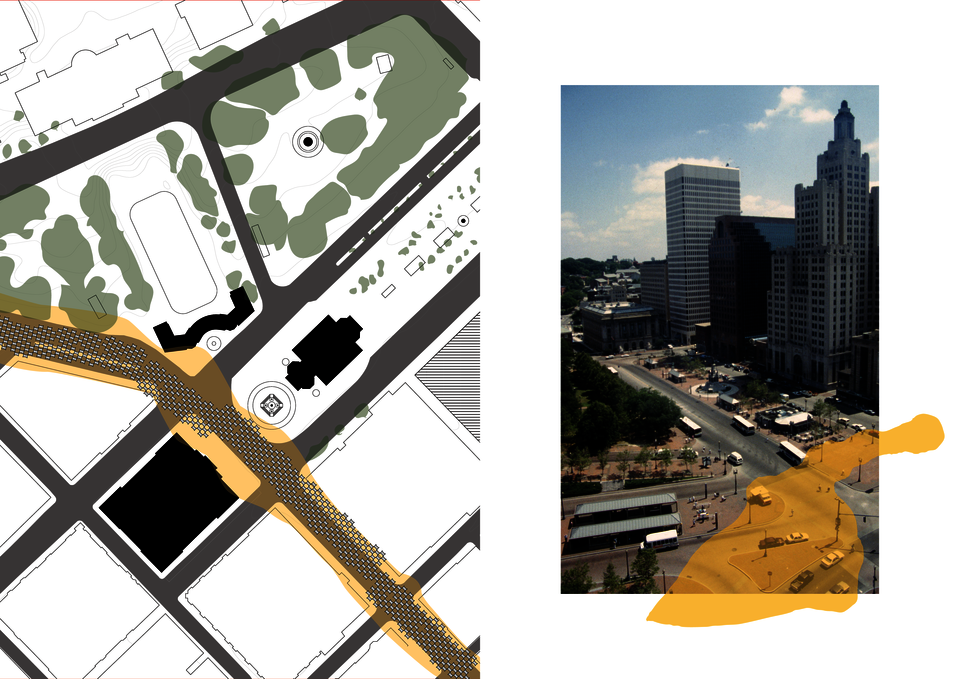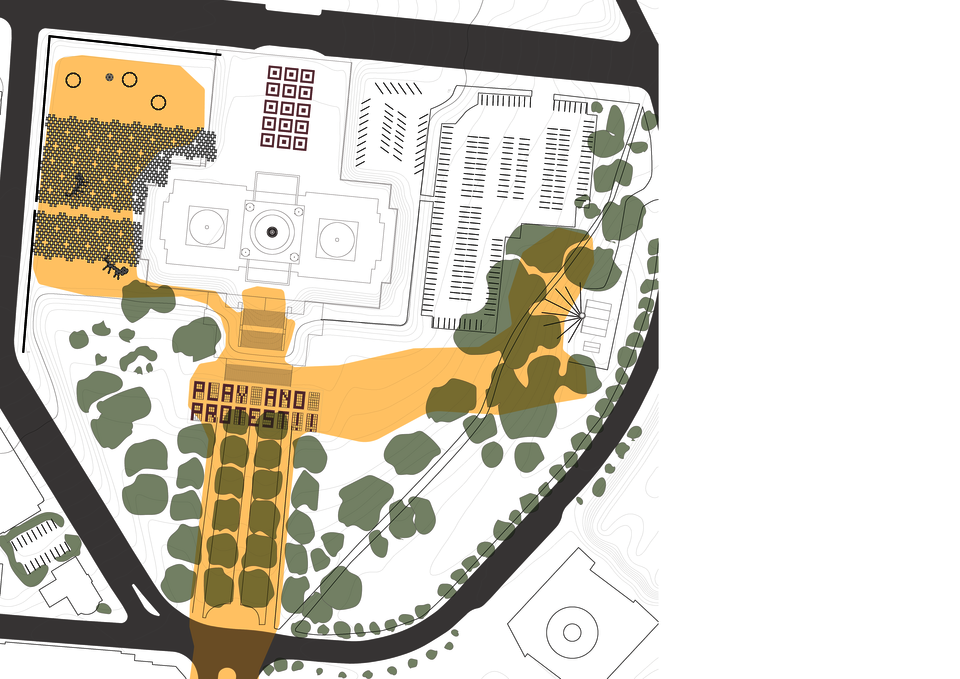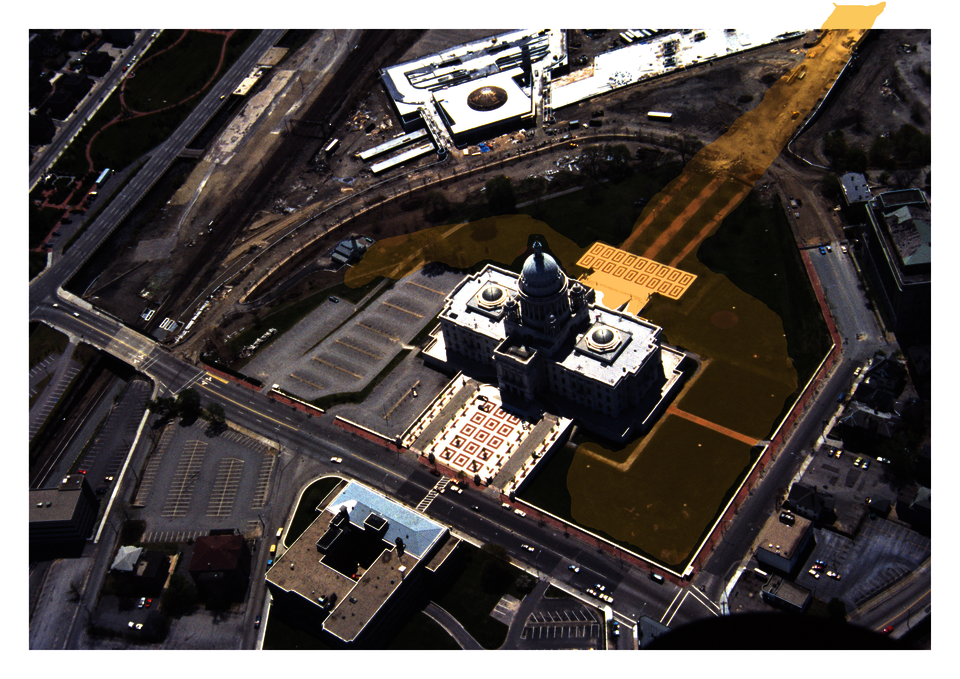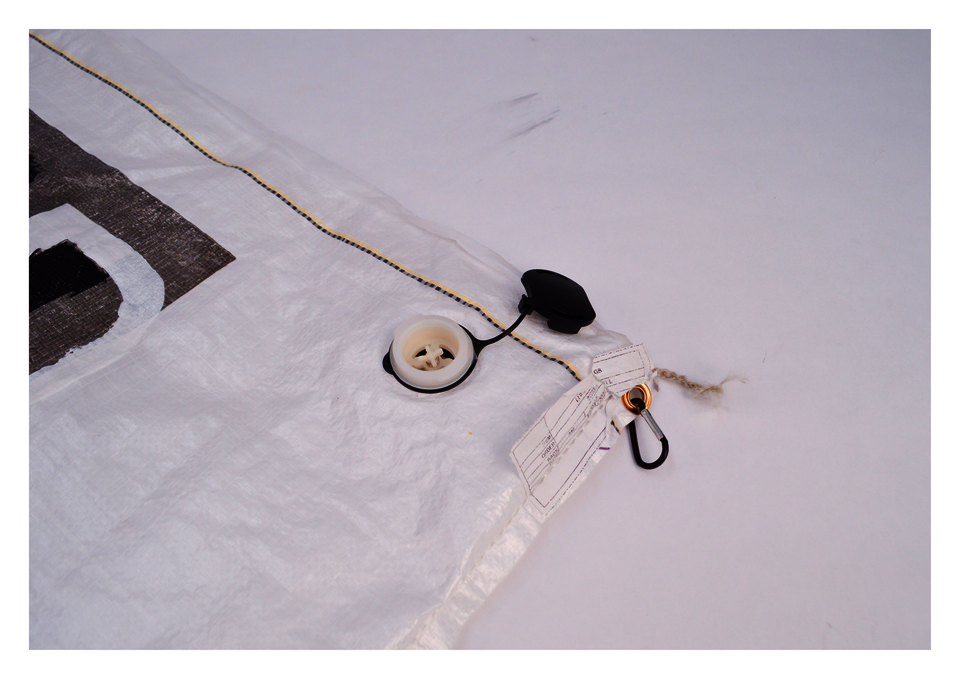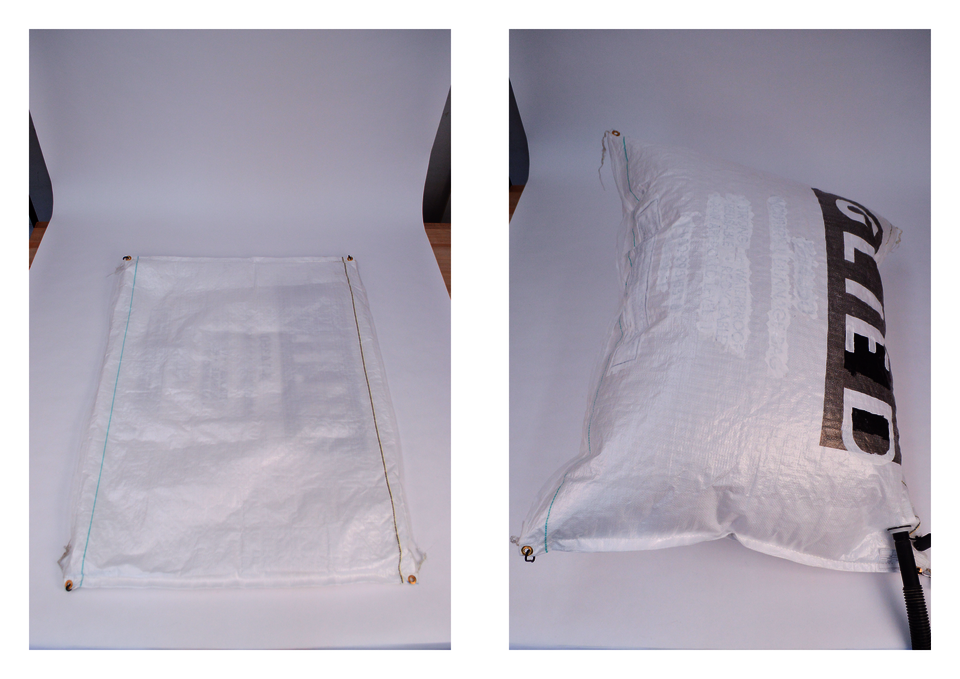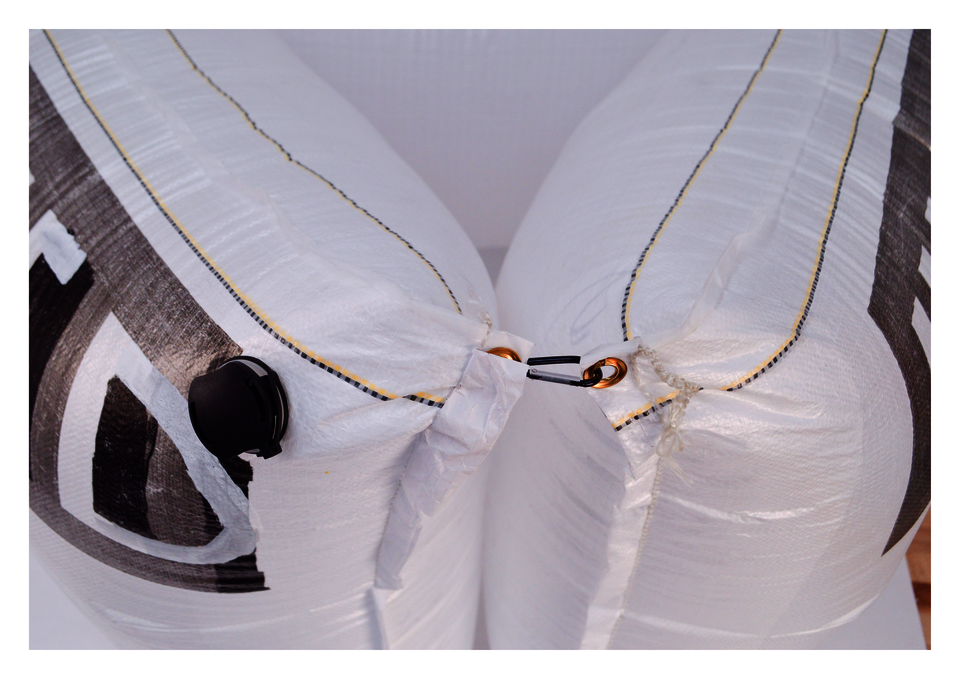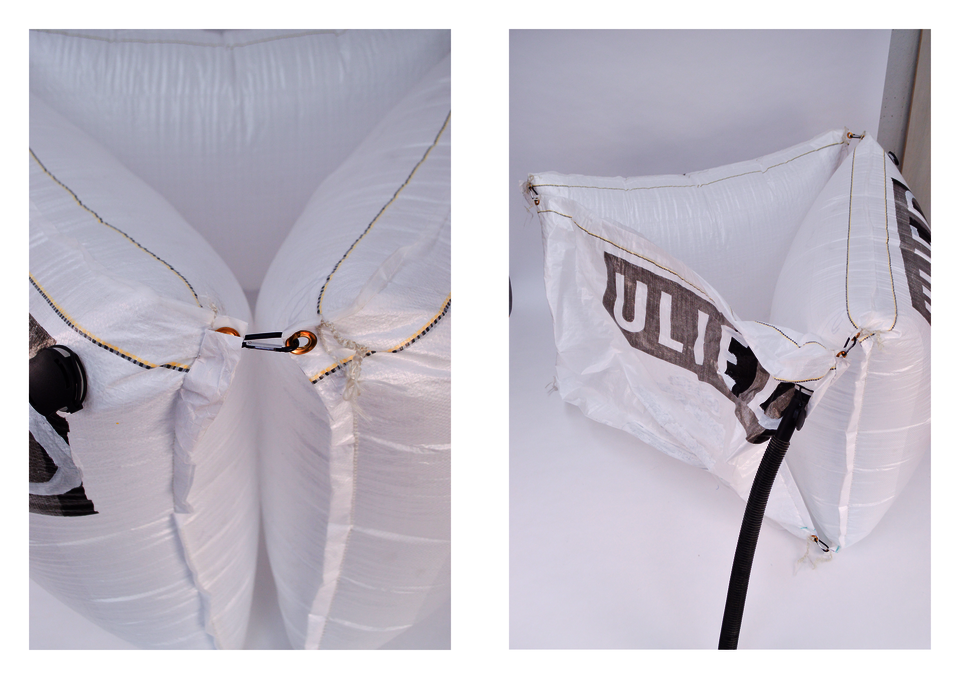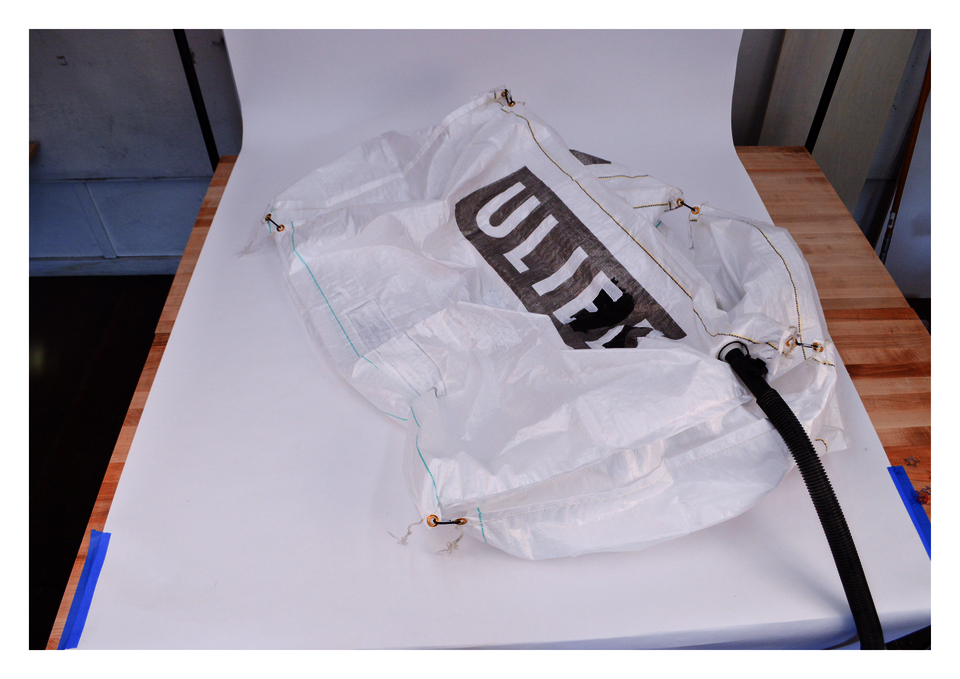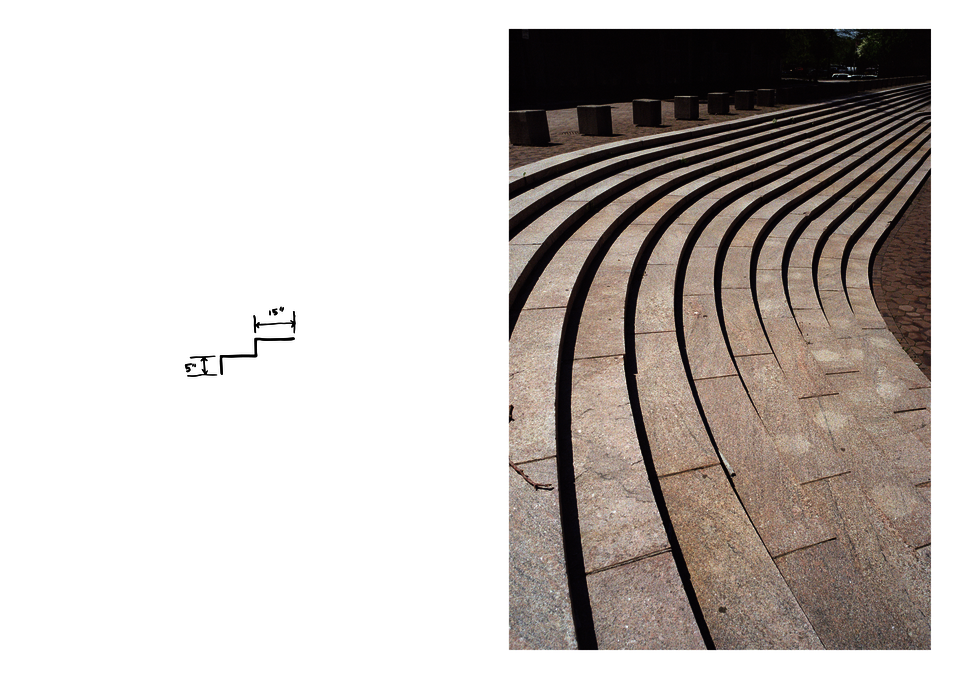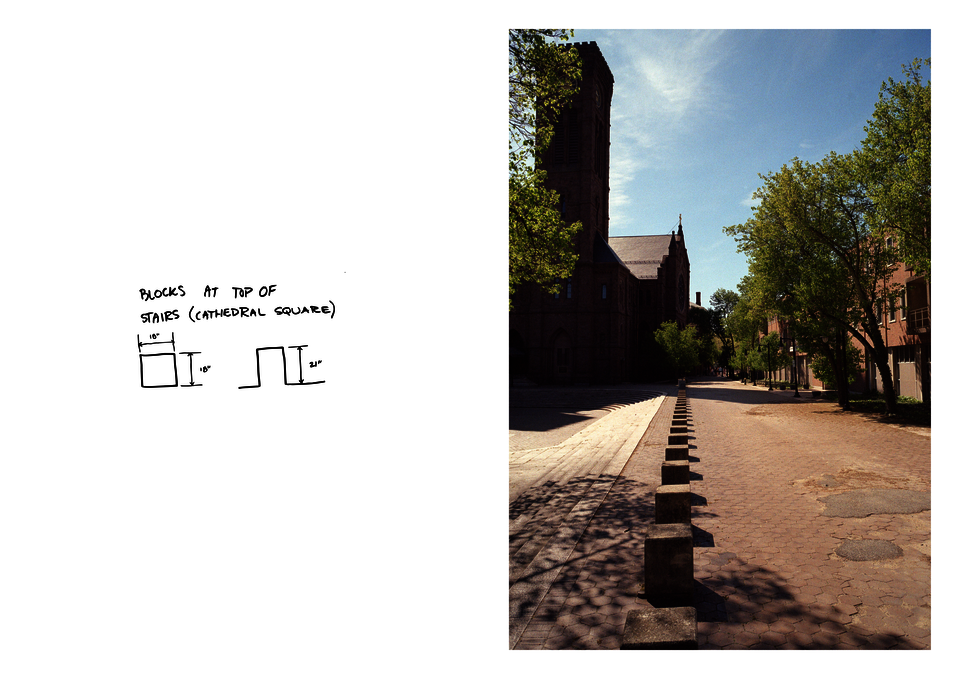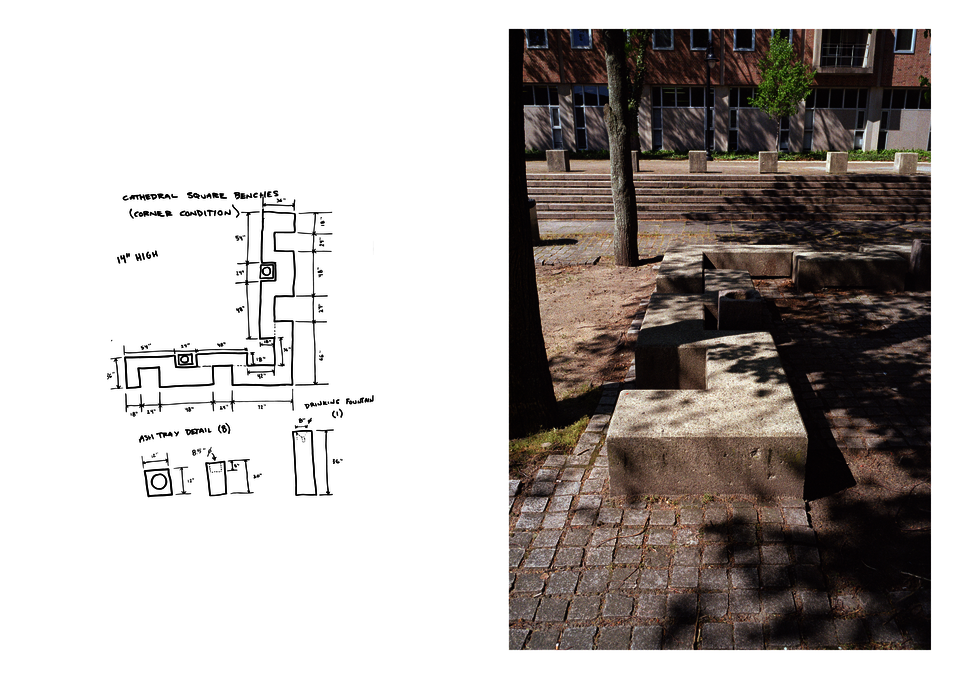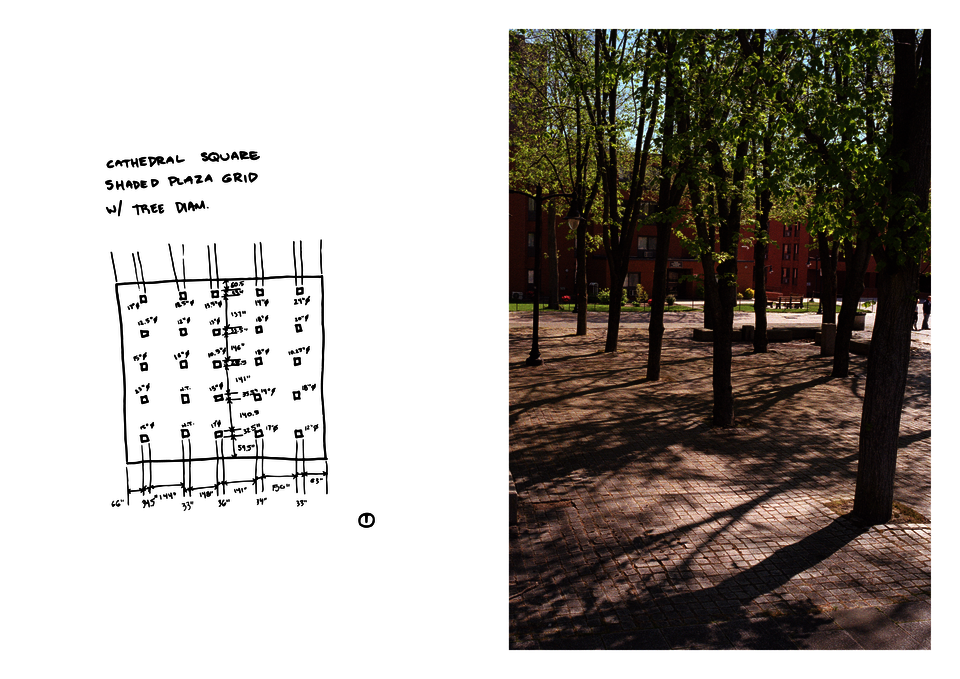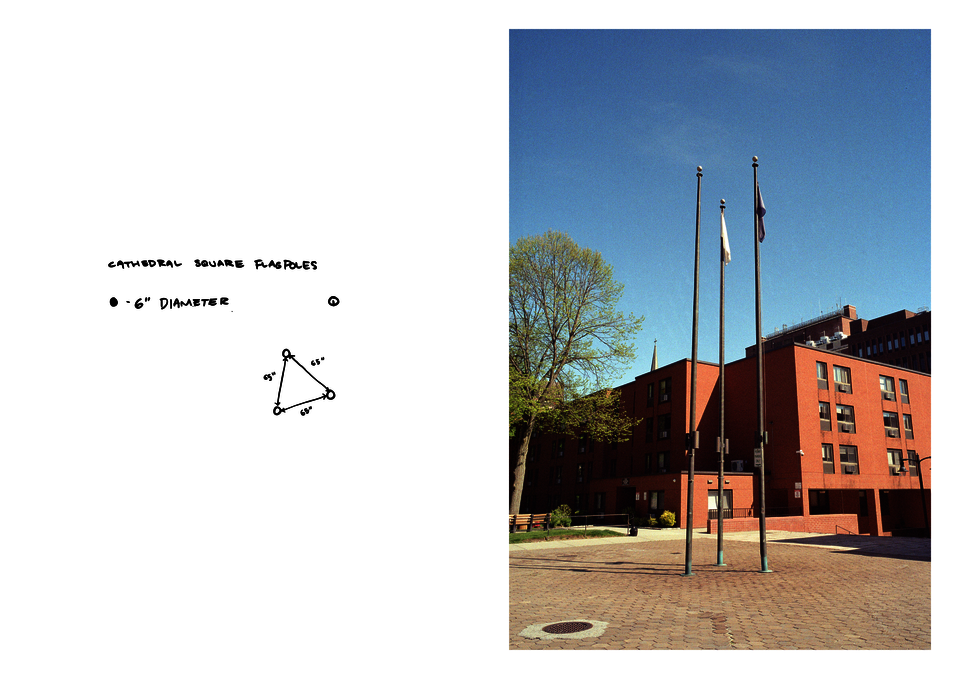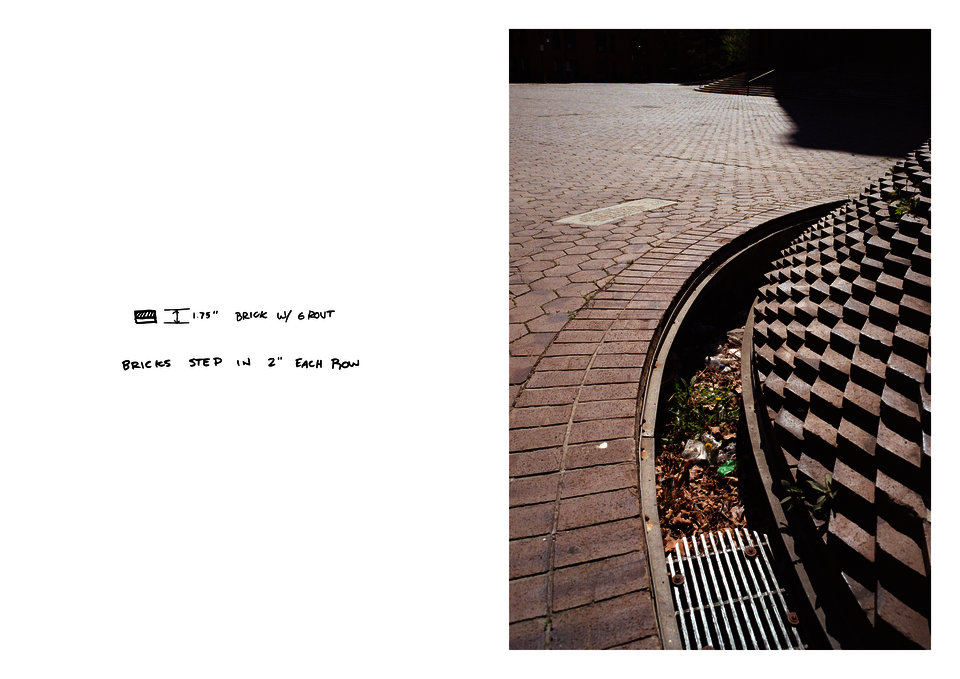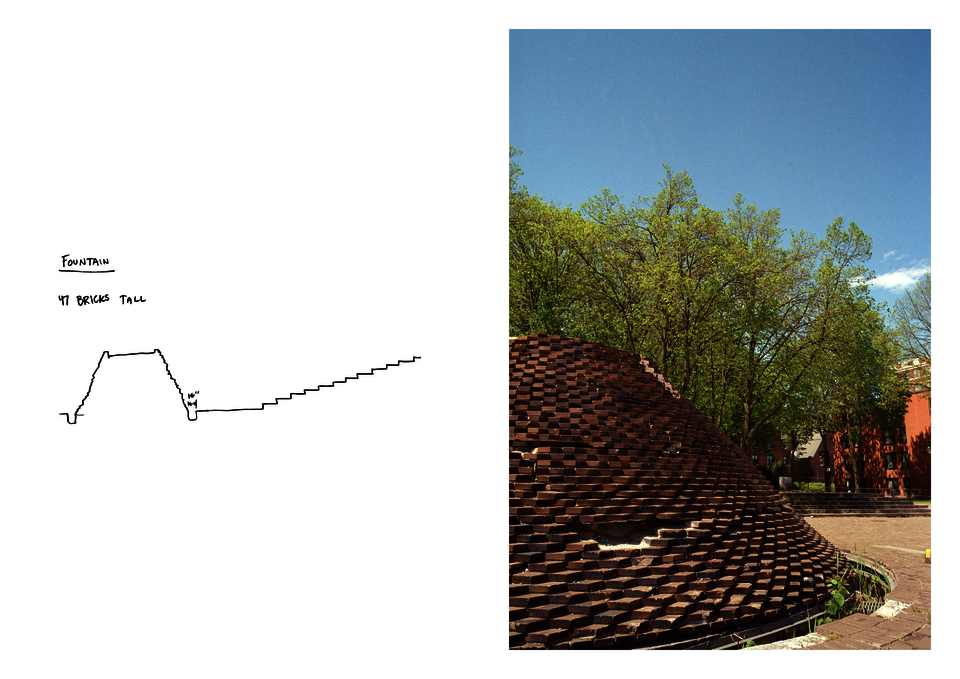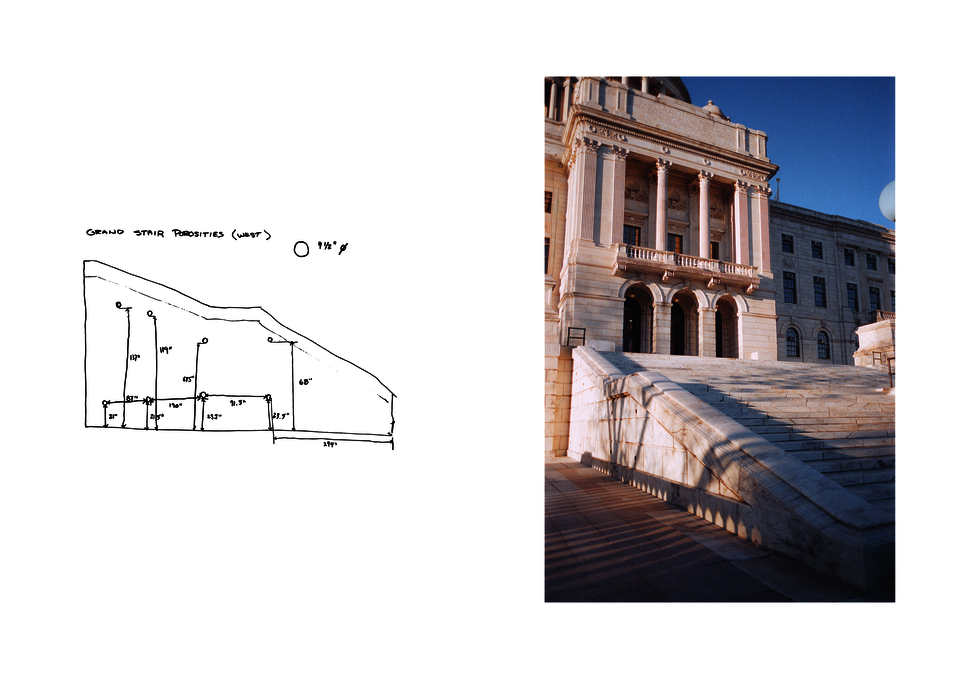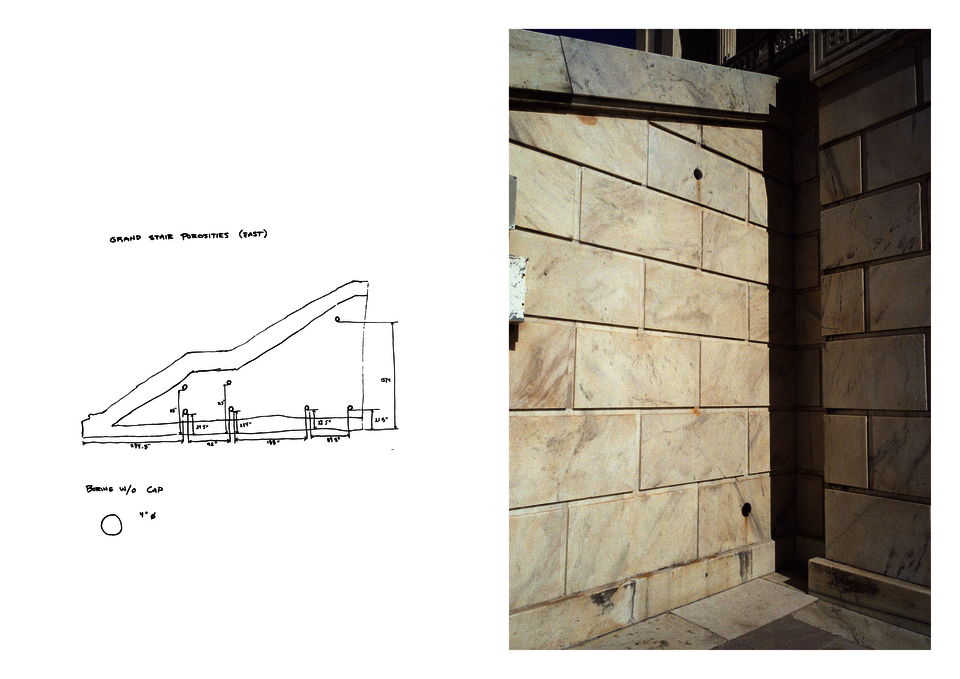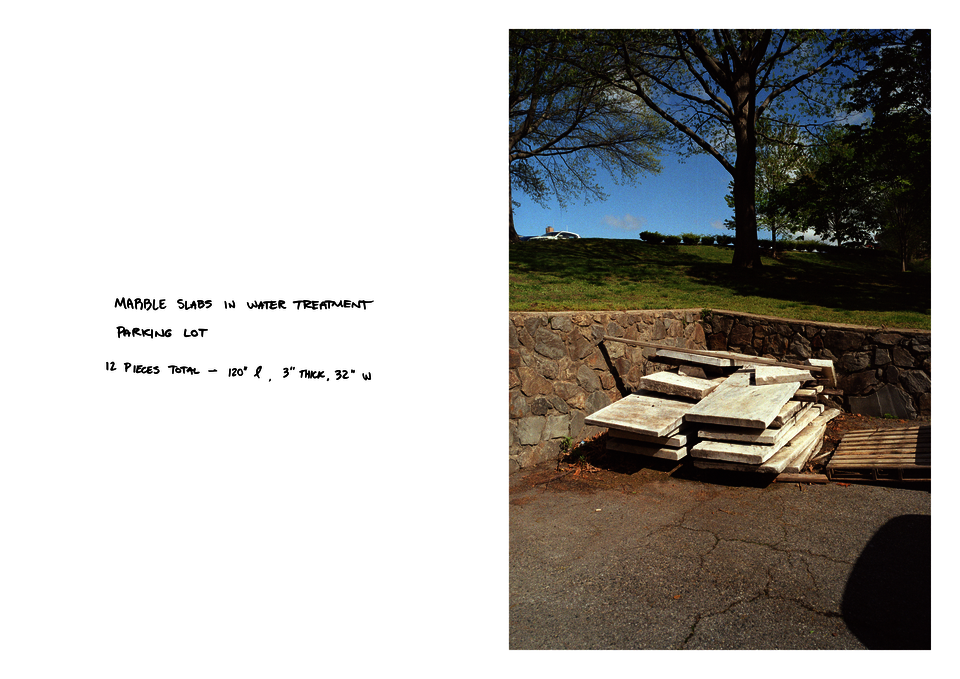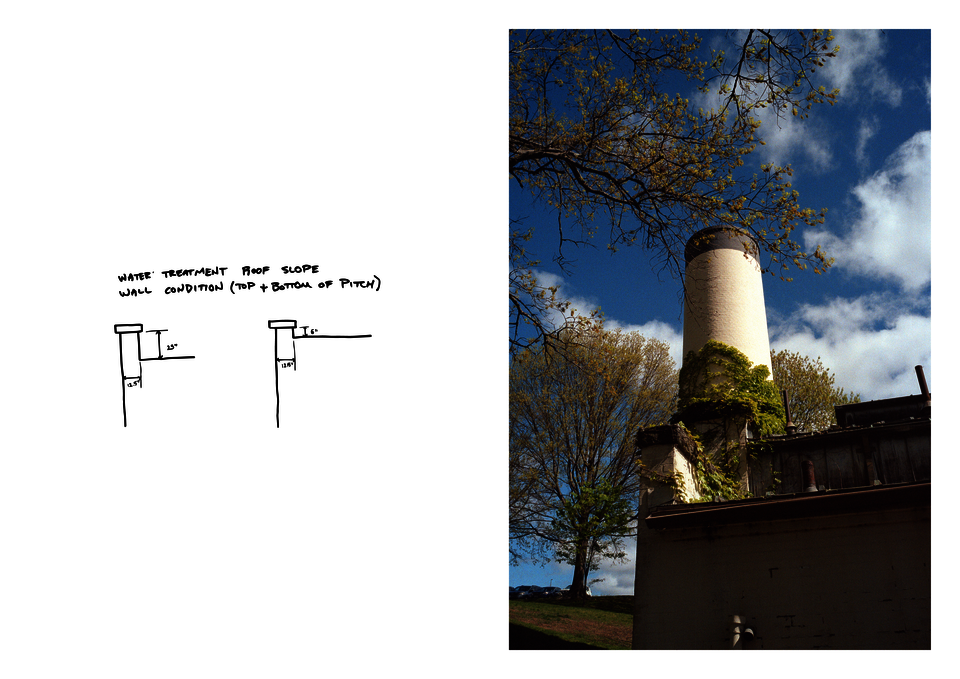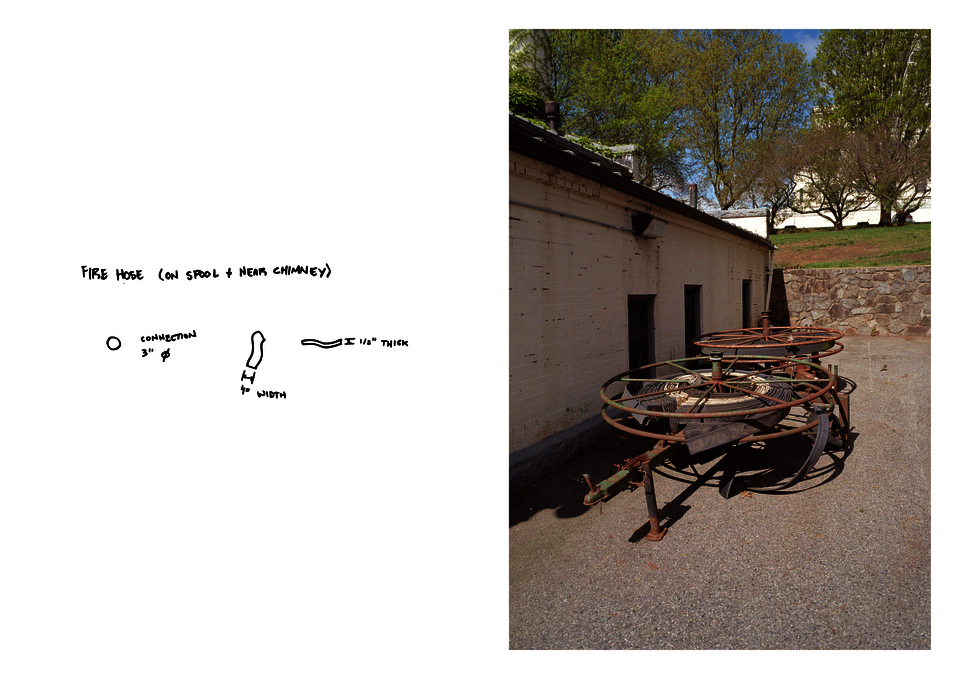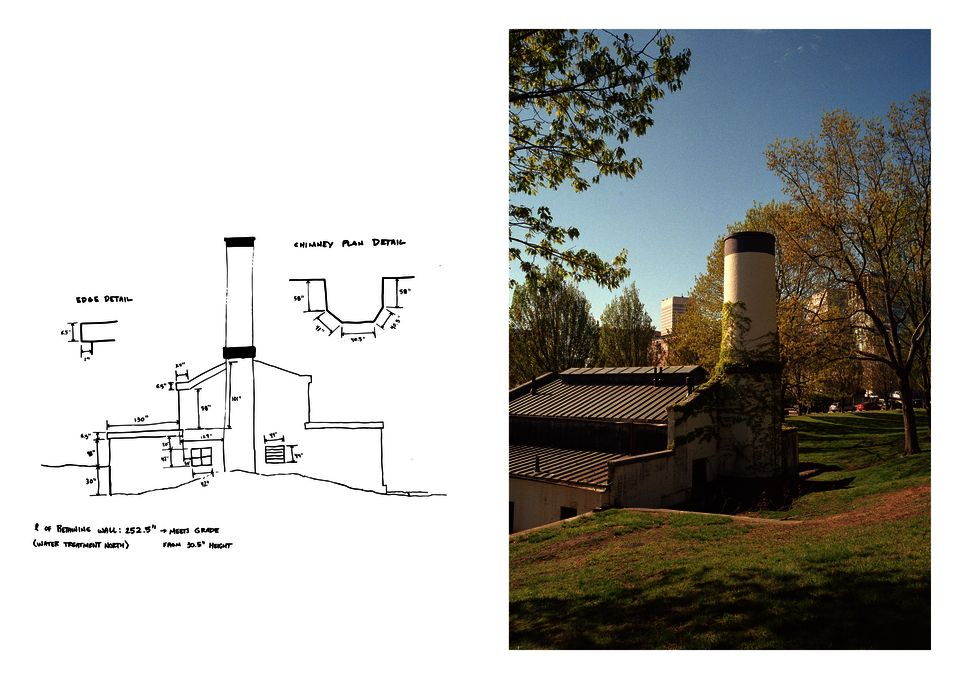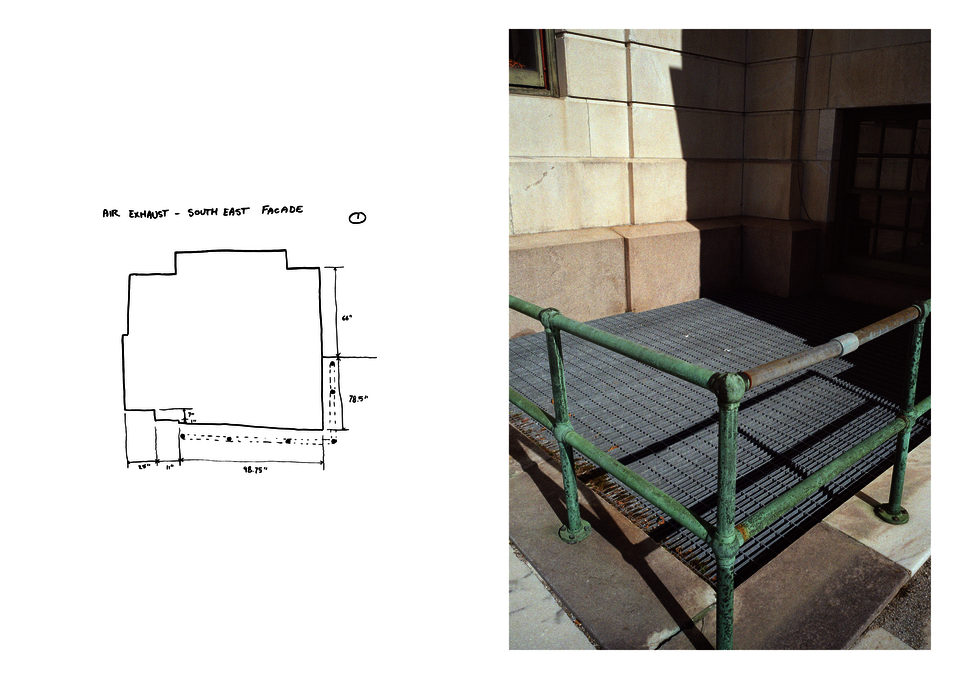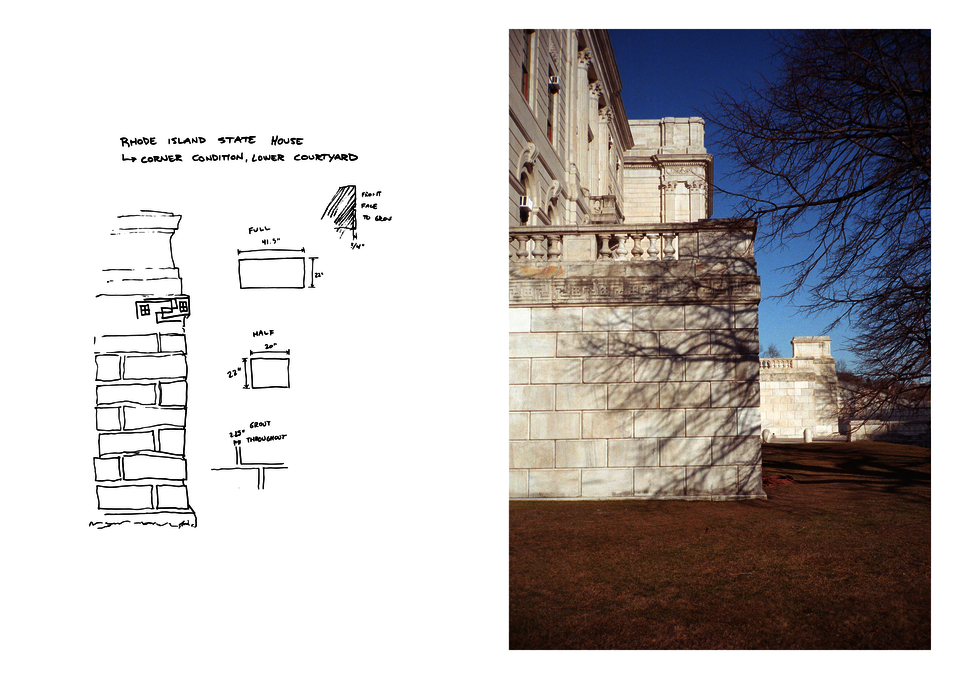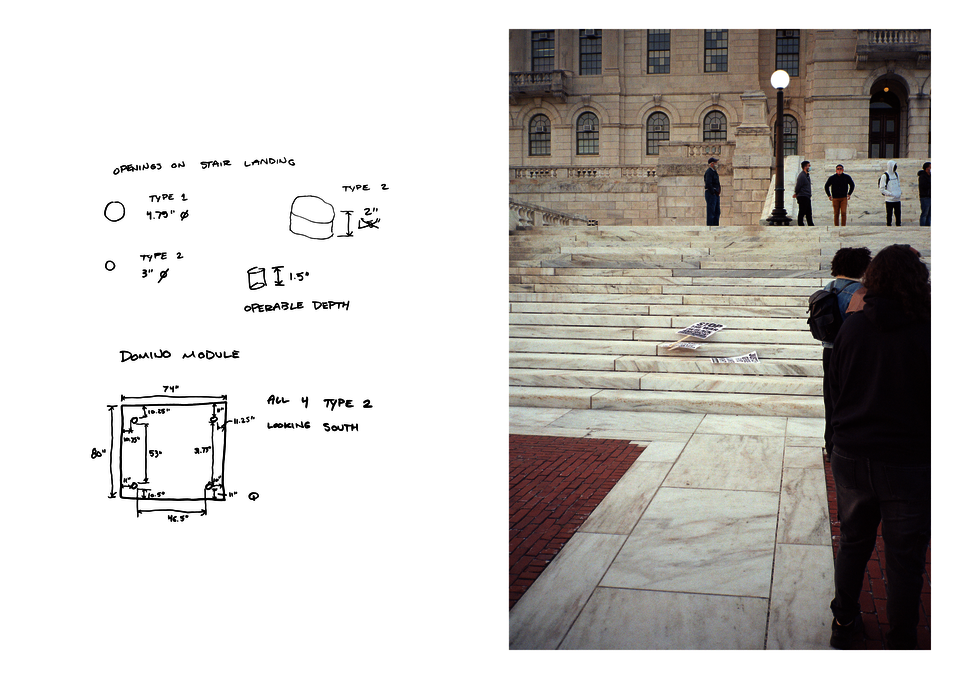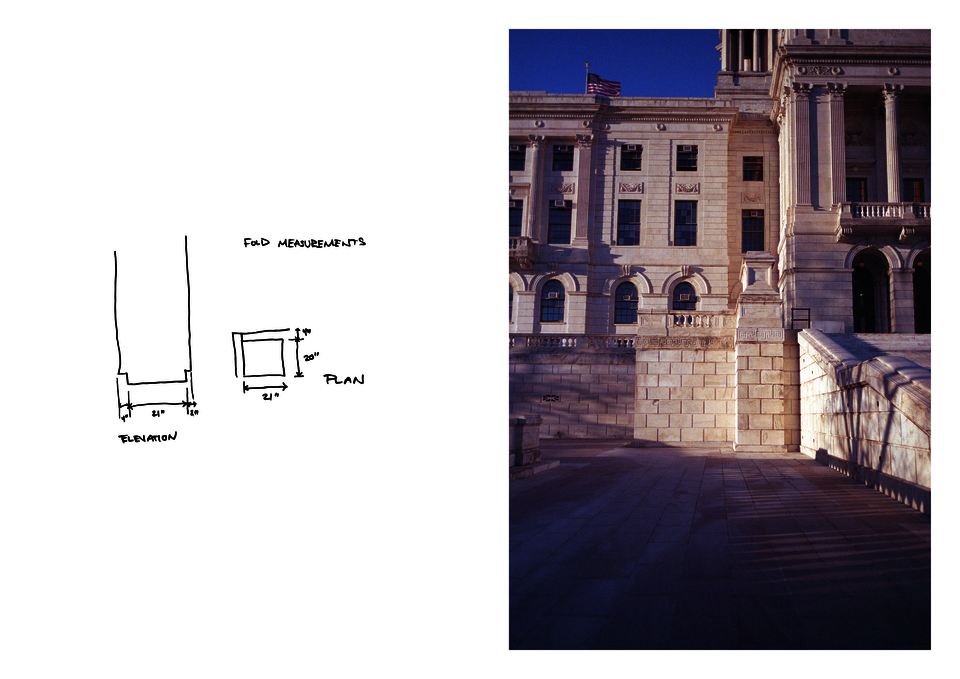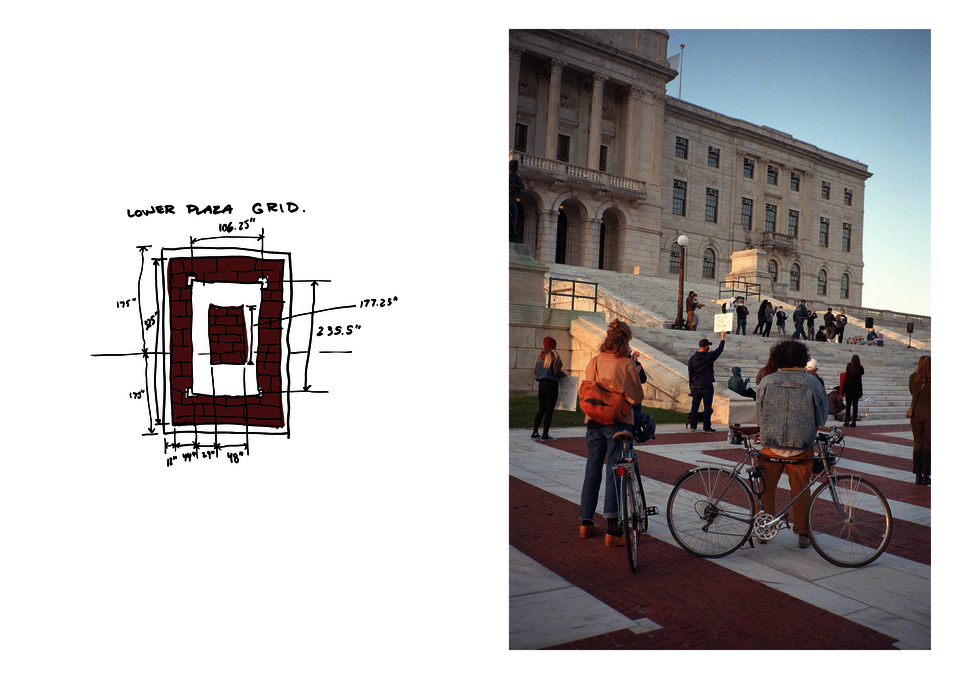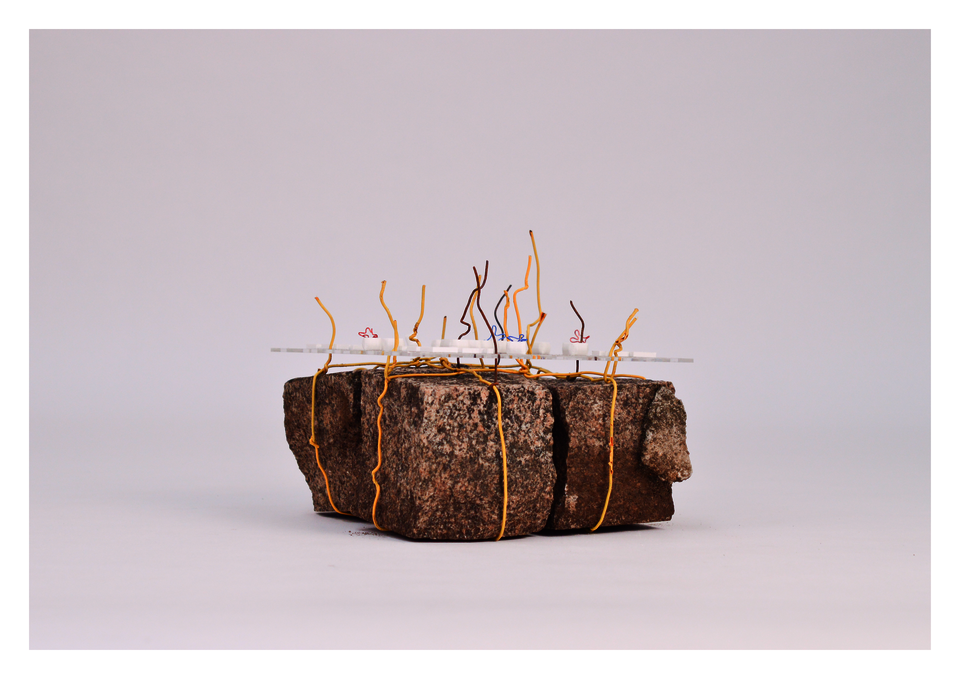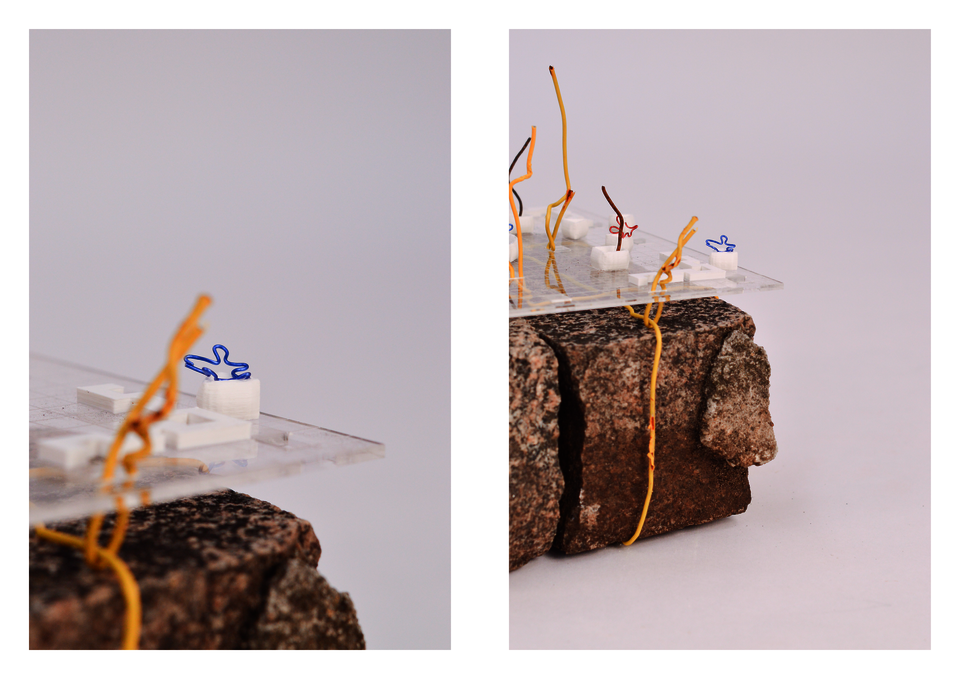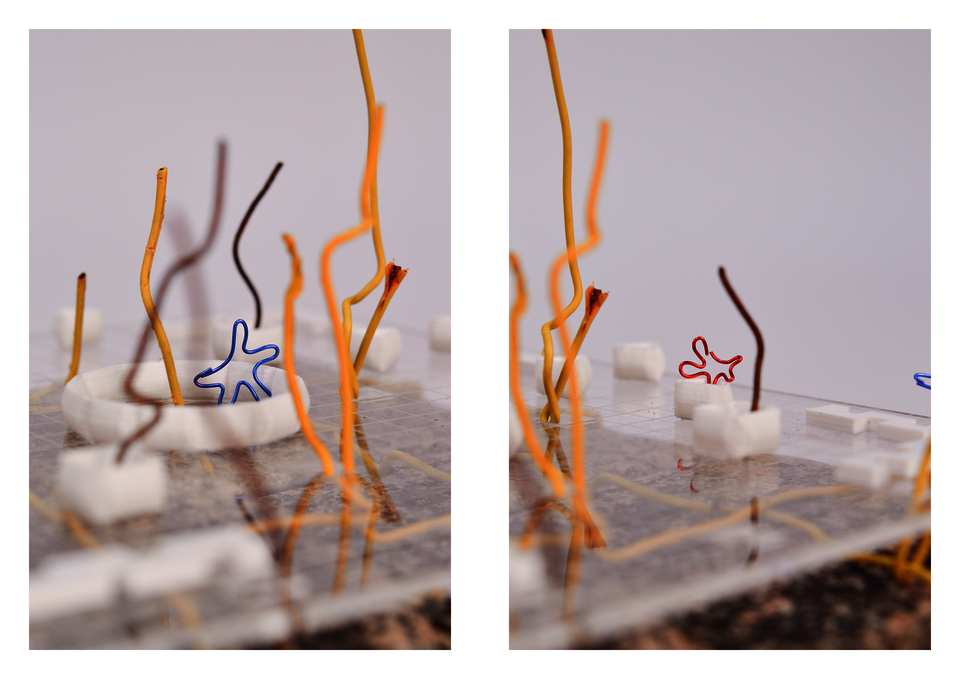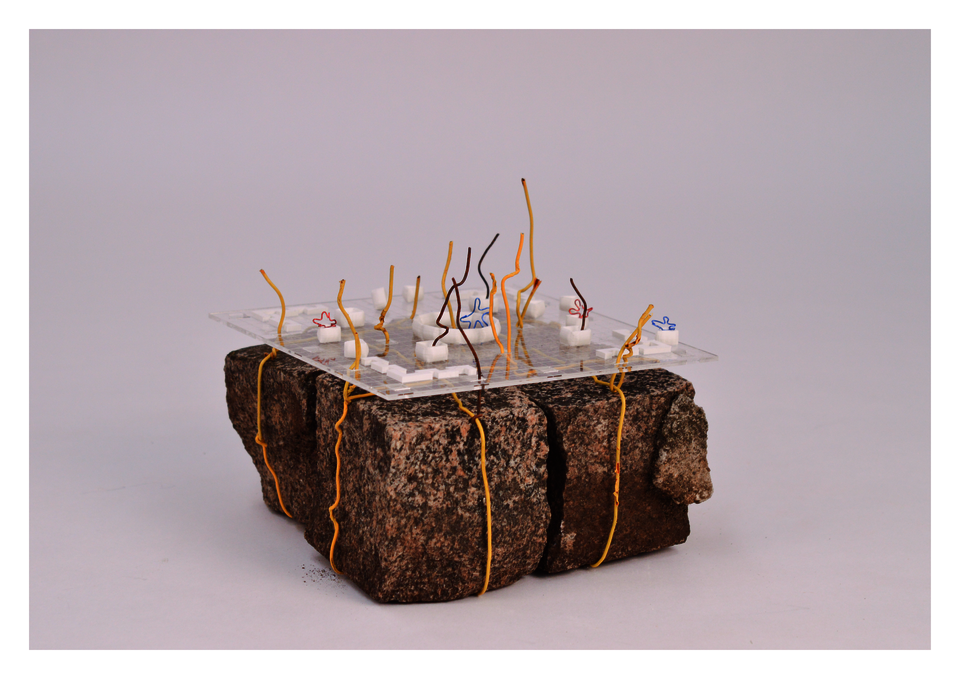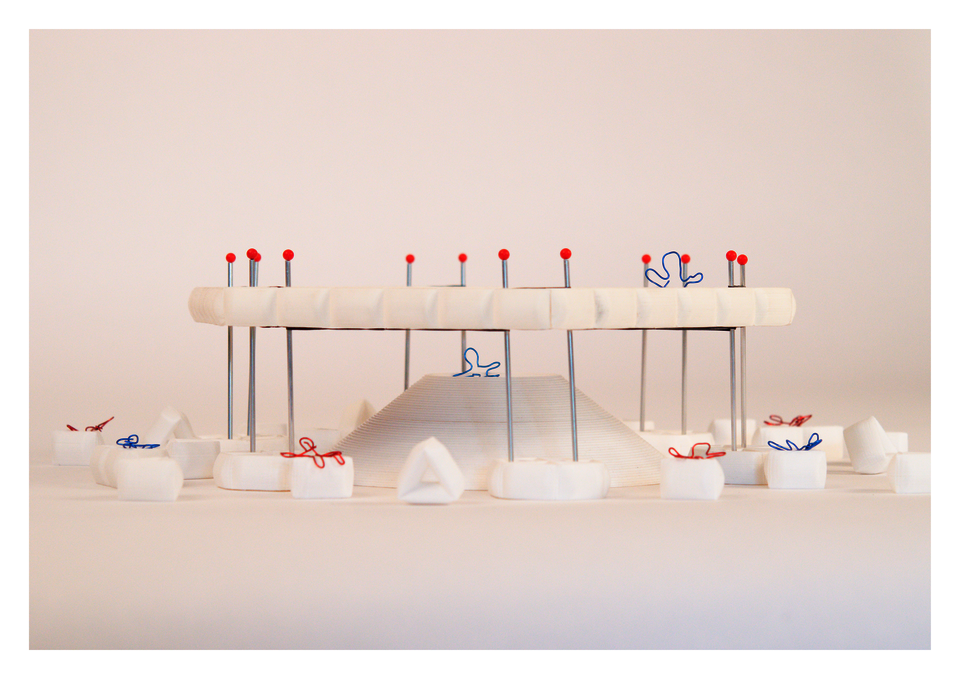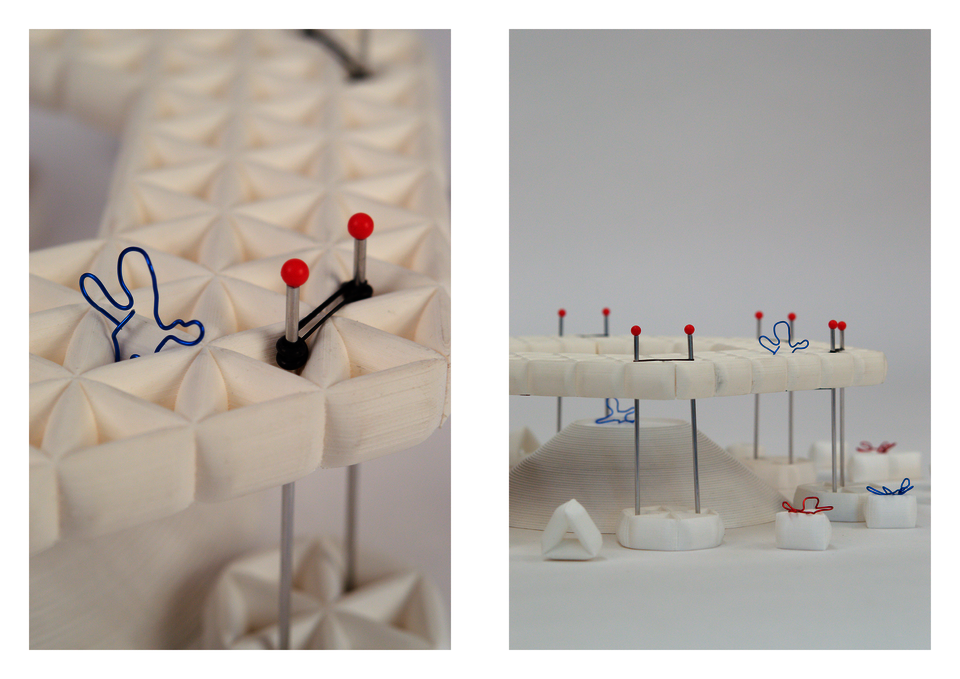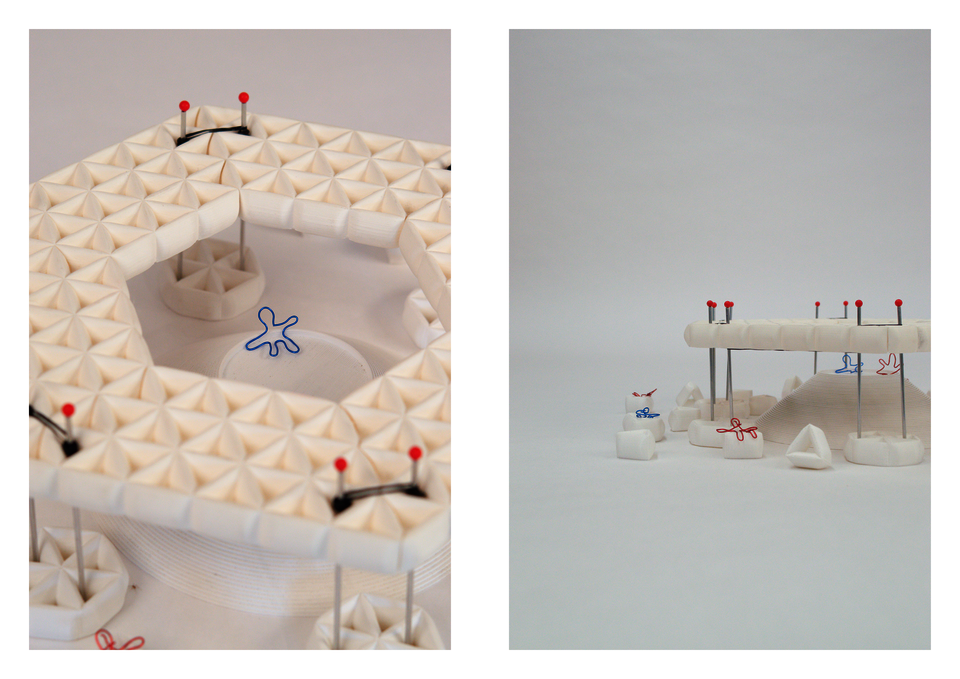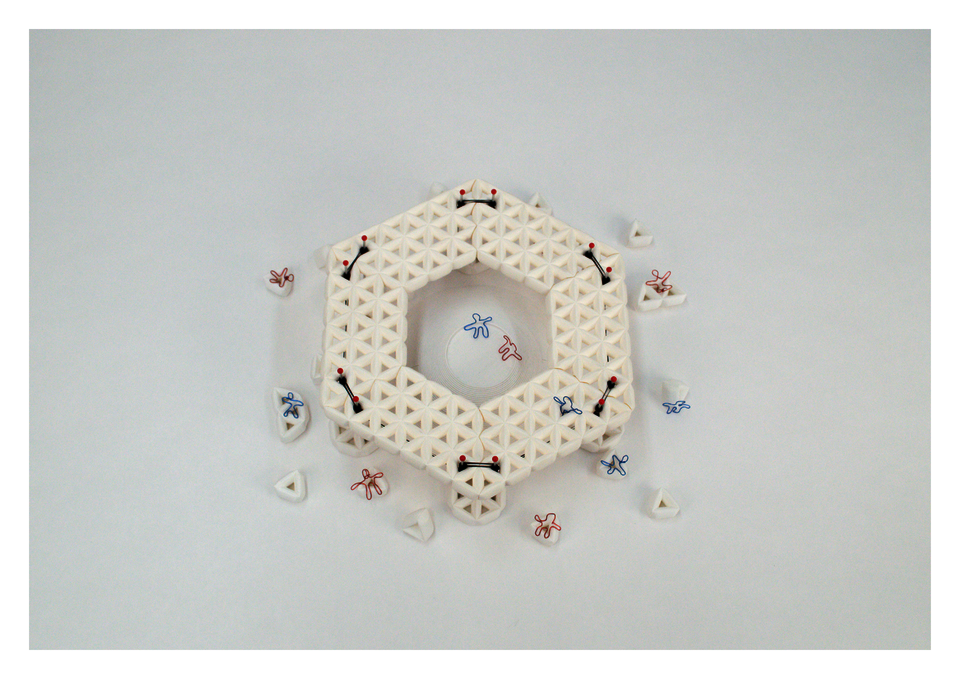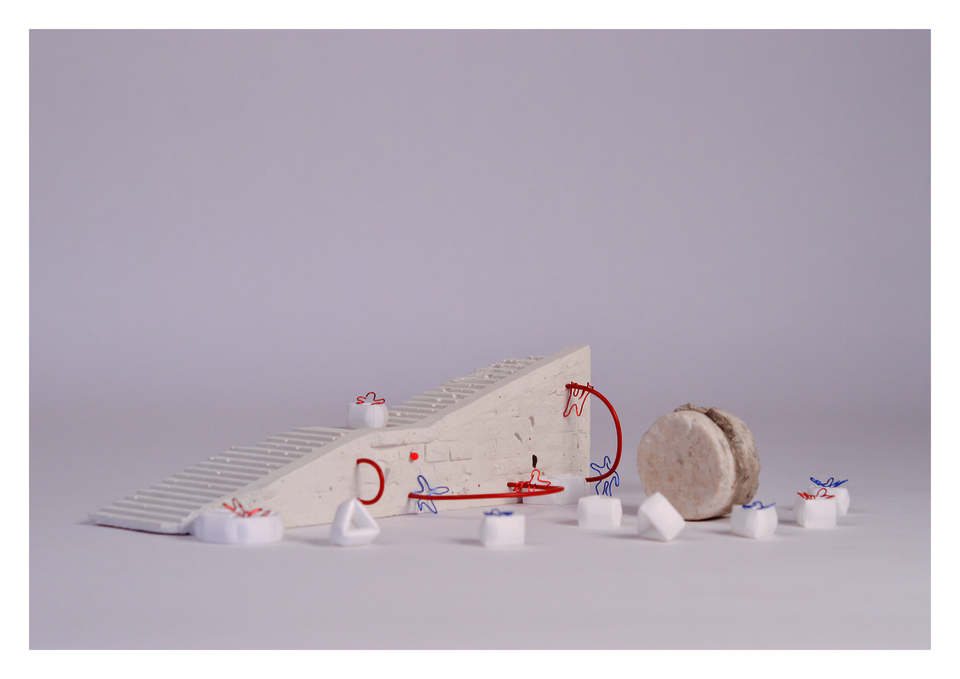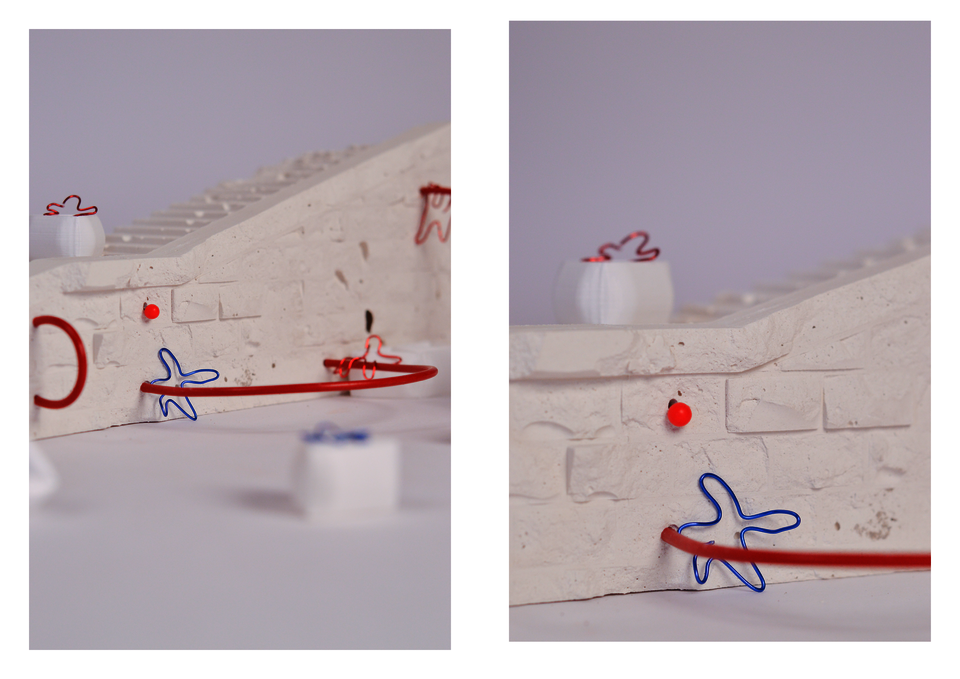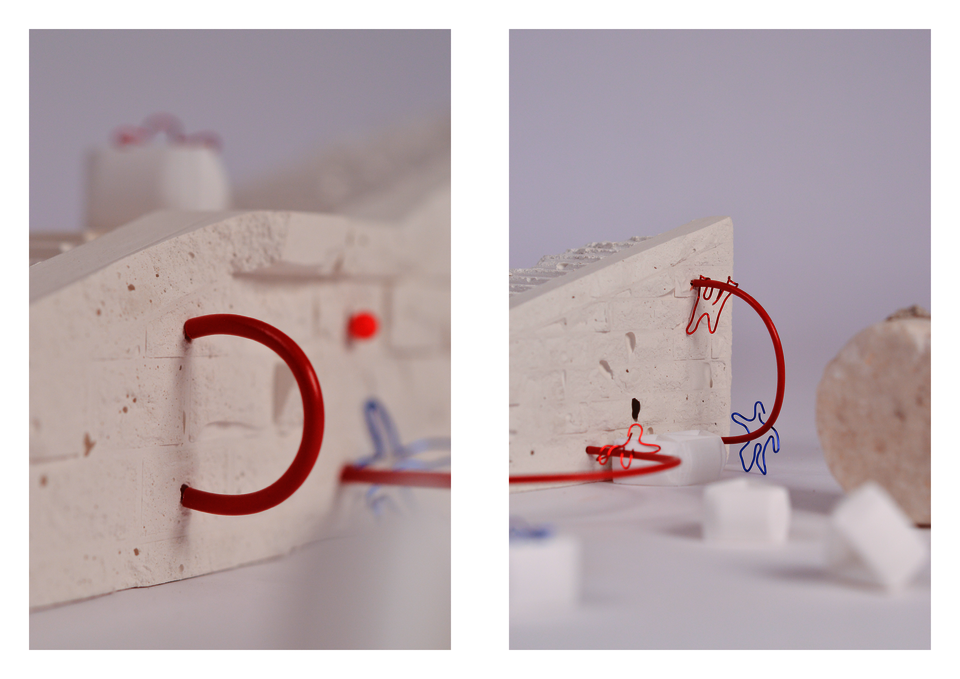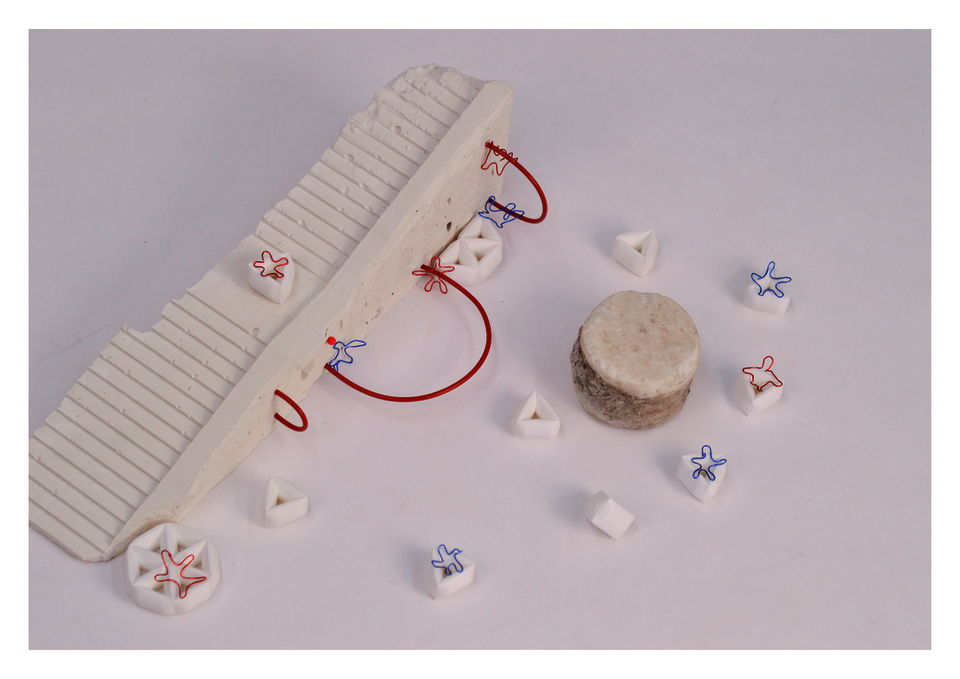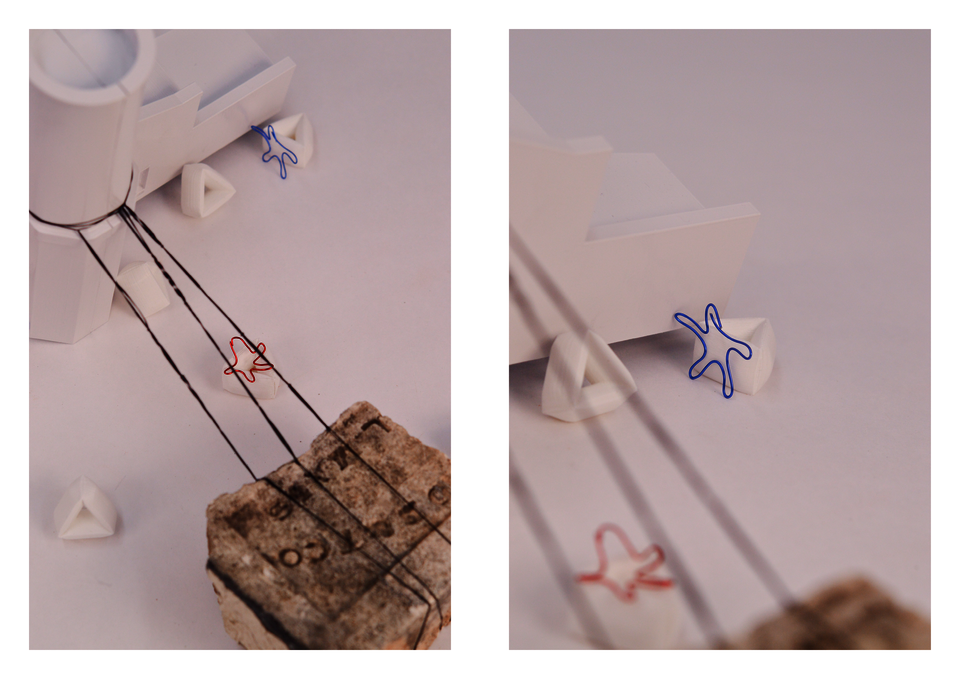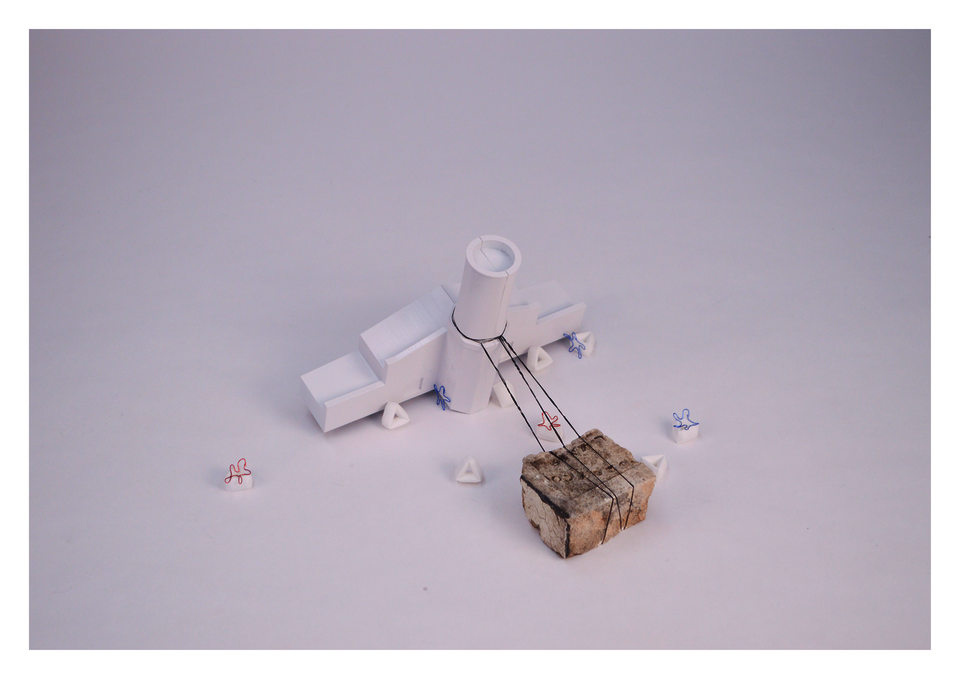ABSTRACT
Play and Protest is first and foremost, a celebration of the agency achieved by bodies with a shared cause. A parade of actants working to soften the harsh lines imposed by oppressive design strategies. A statement created in the void and for the void, along a path which seeks to use spatial tools to define the possibilities of a new urbanism, one of malleability and equity.
INTRODUCTION
This publication exists with the help of numerous sources from which I gained critical insight into the complexities of the design of public space. To start, the project titled Vacant Providence by Rhode Island based firm Ultramoderne was crucial in the introduction to the space that this project operates in. As you will see repeatedly in this project, the archive of Rhode Island College professor Chester Smolski is utilized in order to provide a historic backdrop which taps into the evolution of the sites which I mention. I have the great pleasure of thanking the distinguished writer and professor Garnette Cadogan for allowing me to sit in on a discussion that took place in his RISD Architecture studio course which bears the same name. This discussion was transformative to my thesis and gave it a proper name which I selfishly adopted. Garnette also introduced me to Sara Hendren, a talented artist, design researcher, writer, and professor who helped me to further investigate the notion of convivial tools as a way to transform space. Her inspiring book “What Can a Body Do?” and numerous recommendations of relevant case studies served as a guiding light for the final stages of this project.
▲ The sites included in this study are as follows: A forgotten modernist plaza designed by a world renowned architect, a performing arts center, a transit hub, and the State Capitol.
A NOTE ON TOOLS
The notion of tools has been central to my thesis and therefore I’d like to briefly introduce the ones used here and how they are leveraged. The first is an inflatable dunnage bag. Traditionally used for protecting industrial shipments, this is a durable, lightweight tool that can be used in a multitude of activities related to play and protest. The use of this bag was inspired by the firm Raumlabor in Berlin, Germany. This bag gets the conversation started by providing an incomplete pointed statement, allowing the protestor to complete the statement in a manner they find suited to their beliefs. The opposing blank side can be used as additional space for continuing the message, or painted a solid color to aid in the creation of a larger message made up of a mosaic of bags (shown later).
This tool can be folded to fit into a backpack, inflates in less than one minute using a conventional shop vacuum, and can be deflated manually or with the same vacuum. These bags can be quickly aggregated to serve different purposes, three of them making a chair, thirty of them forming a letter, and three hundred and six of them articulating a large pavilion. To ease the process of connecting each bag, brass grommets have been placed in all four corners and small carabiners introduced. Each bag has a tail of chain stitching at the corners to further reinforce more permanent connections. While this is a powerful tool, it is inherently limited in its singular use and is continually reinforced by the addition of more bags, thus more voices.
Additionally, in the space below you will find site photographs, measurements, drawings, experiments, and other forms of representation which make familiar the condition and proportions of the sites that I mention. It is my hope that through the careful examination of this project that a similar study be conducted in another city, using the same principles of perception that I can hopefully articulate here. If nothing else, this thesis should be seen as a framework for reinterpreting the spaces around us through a lens of increased opportunity and malleability.
▲ This bag gets the conversation started by providing an incomplete pointed statement, allowing the protestor to freely express their beliefs.
FIELD MEASUREMENTS
As I began visiting the sites mentioned in this book time after time, it became apparent that a medium beyond the boundaries of photography was needed as a supplementary form of representation. If the photographs presented on these pages portray the current condition of these spaces, the measurements are intended to quantify the proportions as they relate to the human body and the experience birthed from that relationship.
From a pragmatic standpoint it occurred to me that if one were to use this book in order to employ similar opportunistic design principles, it was necessary to lay the groundwork for the logistics of urban intervention. These measurements represent moments that I perceive to have inherent potential which remains unrealized due to many factors. The width of an entry path, the depth of a stair tread, the diameter of a drainage opening, the height of a seat, these dimensions served to intimately familiarize myself with at least one component of these spaces. It was important to only gather measurements which I could collect singlehandedly with a tape measure, pen, and sketchbook, in order to speak to a firsthand experience of the built qualities of site.
▲ The sketches and their accompanying photographs were collected from Cathedral Square, and the Rhode Island State House in Providence, RI.
ASSEMBLAGES
In an effort to reclaim these public spaces through my proposal, it seemed necessary to take this notion literally. The assemblages created for this project serve to represent the more permanent happenings of the parade path, the start and end points. During each visit to Cathedral Square and the Rhode Island State House, I decided to take an object home with me. These found objects are limited in scale according to my own strength and at times, audacity. Based on this limitation, when viewed through an architectural discourse, these objects are comparable in size to quarter scale design elements. The quarter scale elements created in conjunction with the found objects serve as a physical manifestation of the field measurements, as these sketches provided the blueprints for generating the models. It is my hope that through these photographs one can imagine the possibilities of a site which truly belongs to them, and I offer these assemblages as a testament to that fact.
▲ These assemblages bring together fragments of these under-utilized spaces. In many cases these found objects are what allow the model to stand, forming the ground plane, elevating the quarter scale representations, or wrapping everything up into its realized composition.
FINAL ACT
Image
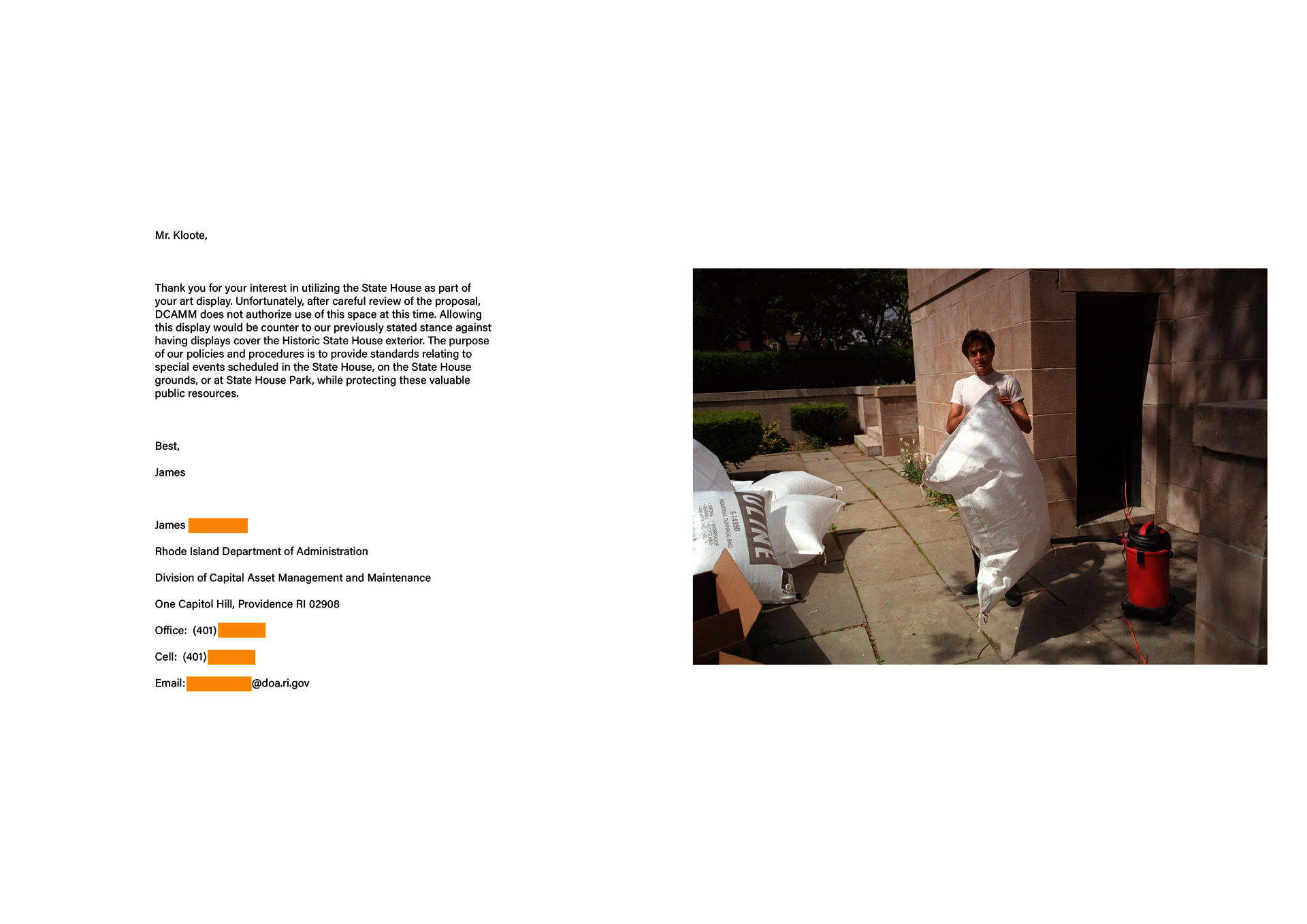
Image
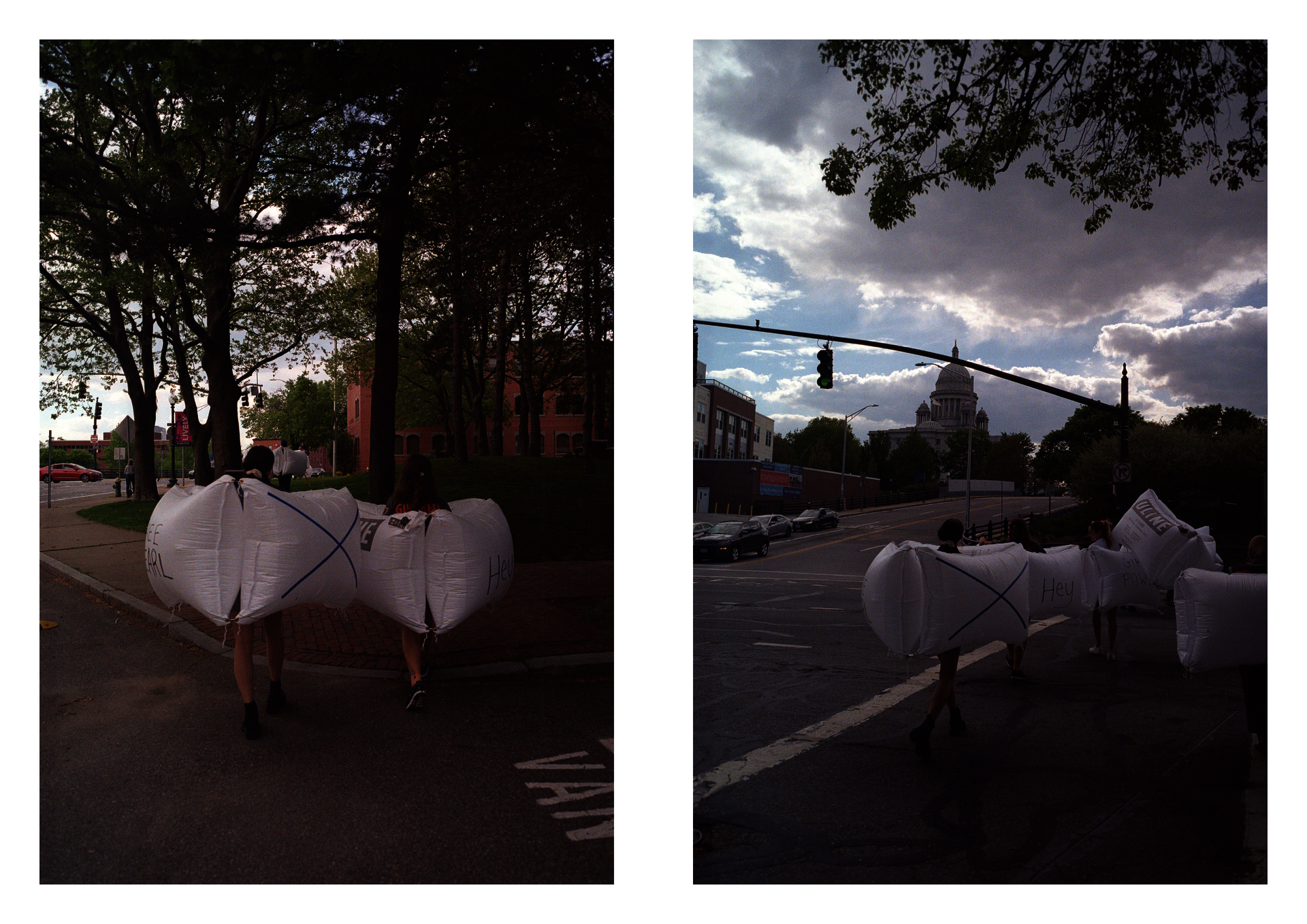
Image
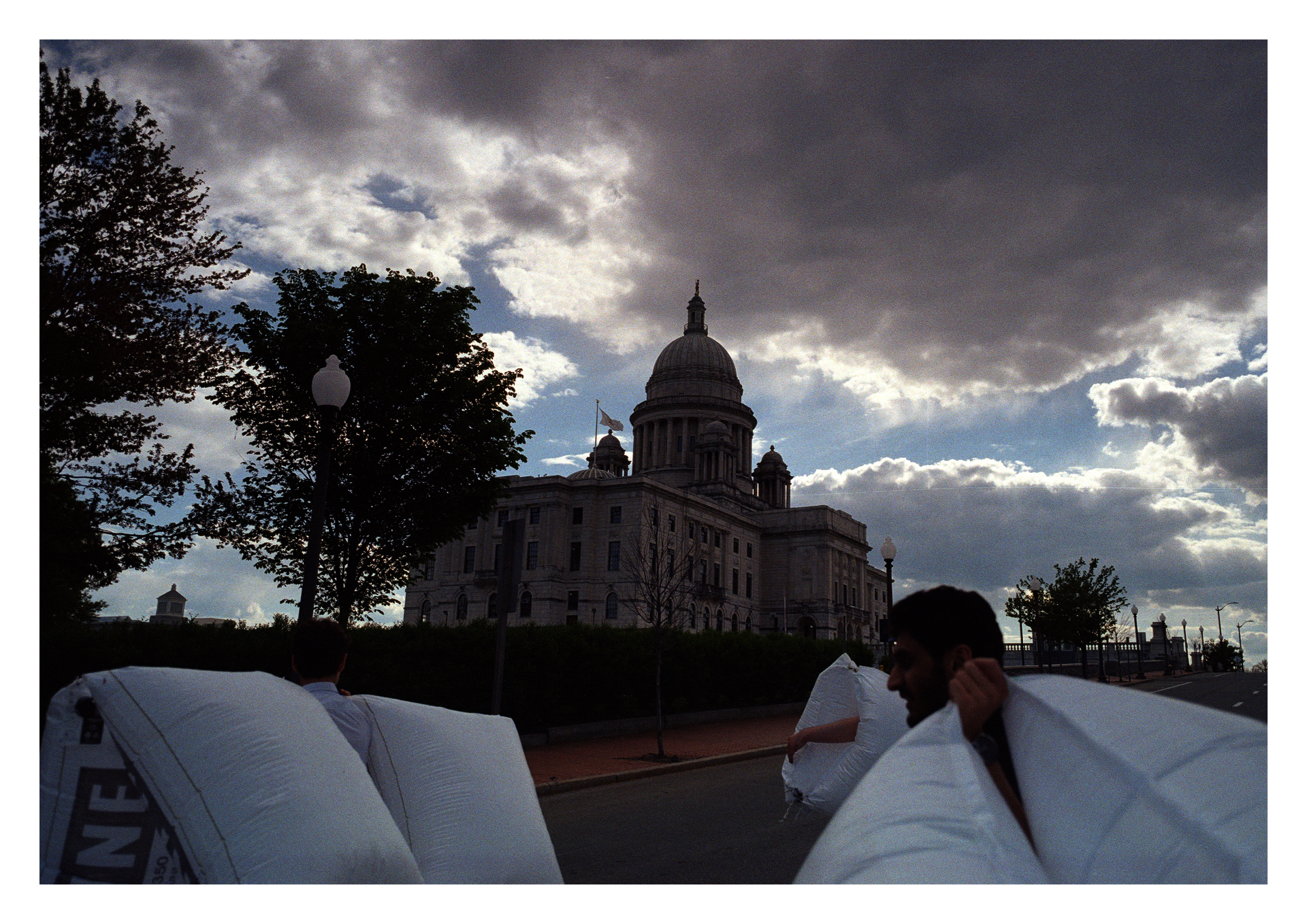
Image

Image

Image
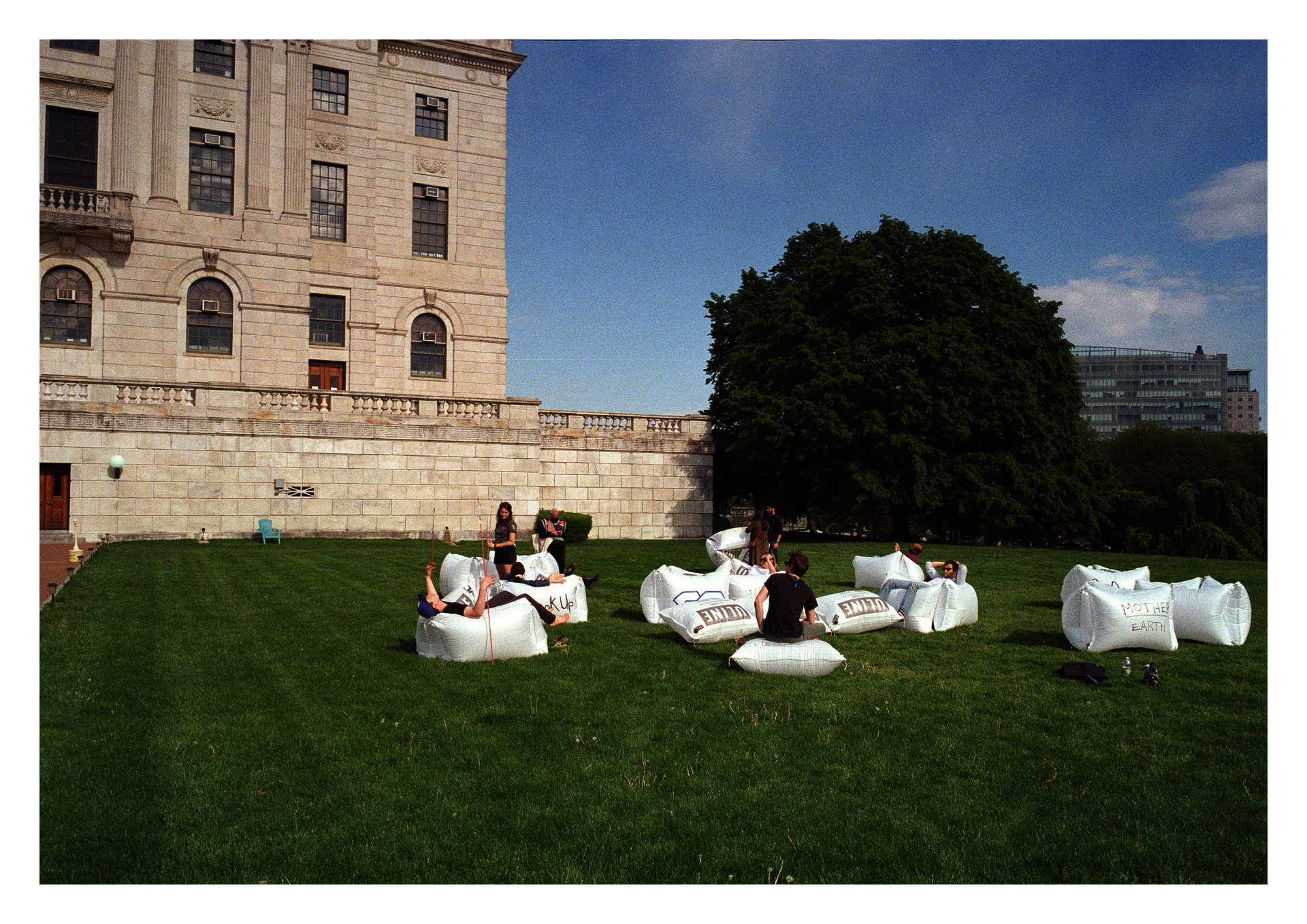
Image

Image
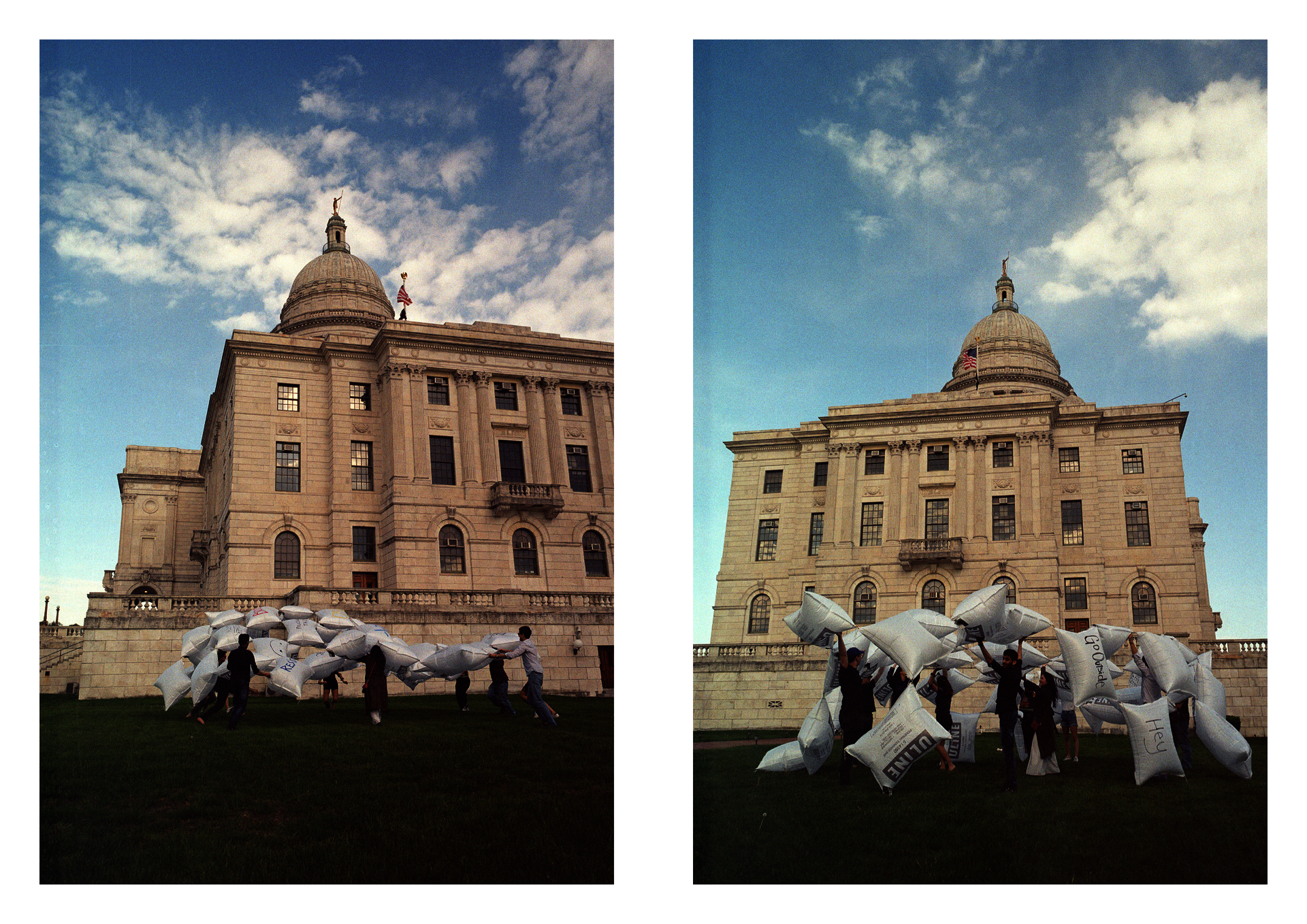
Image
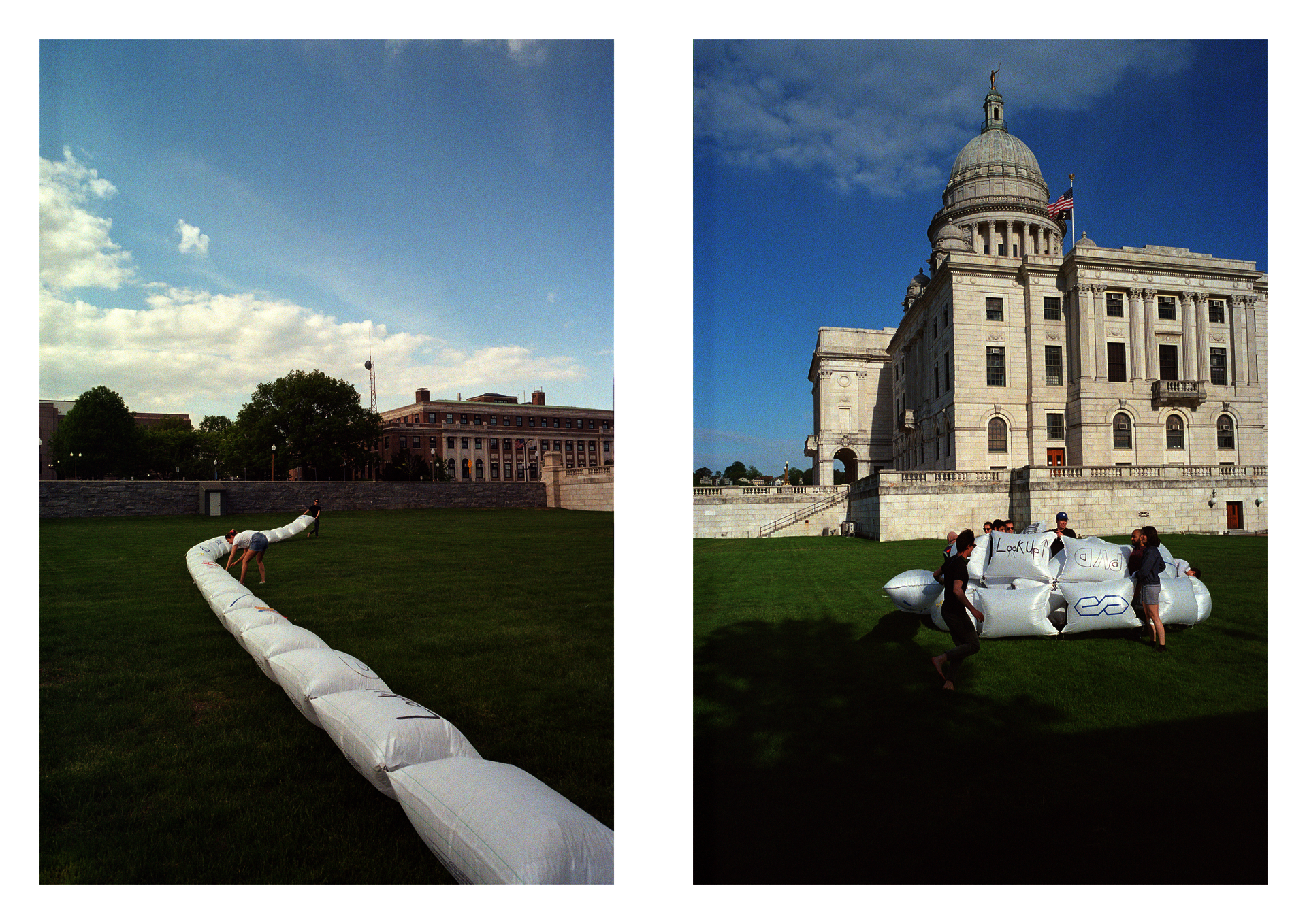
Image
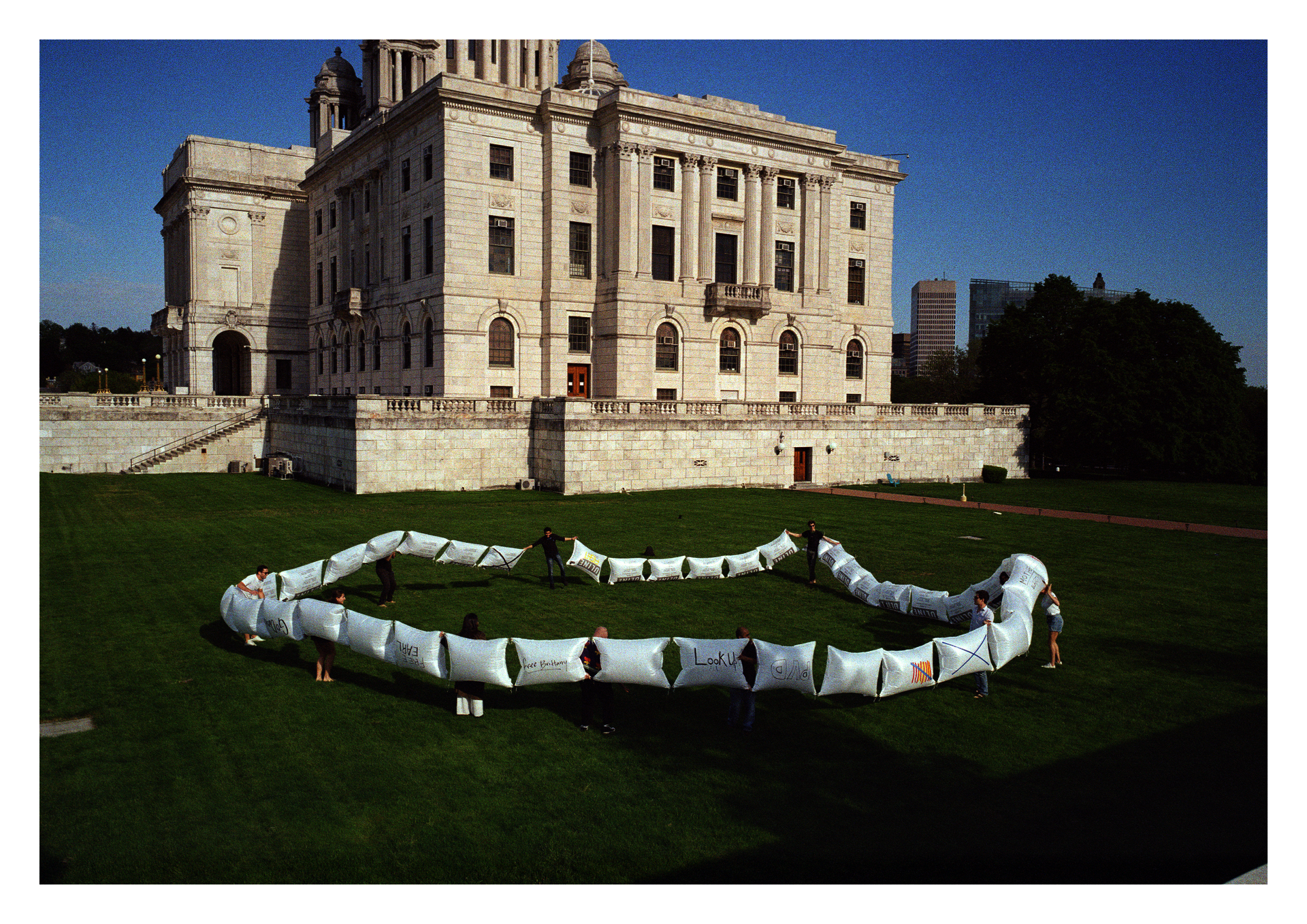
Image
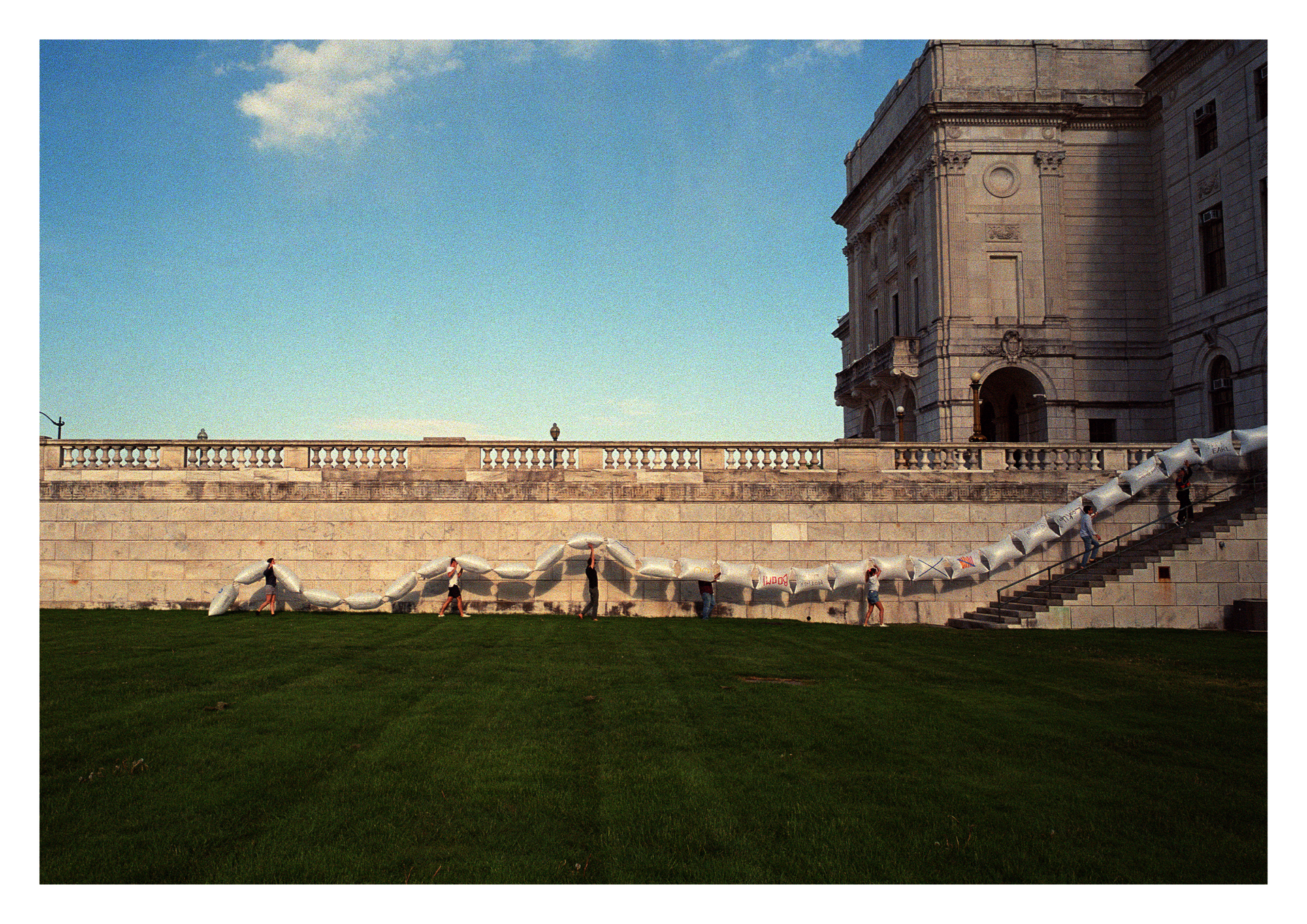
Image

Image

Image
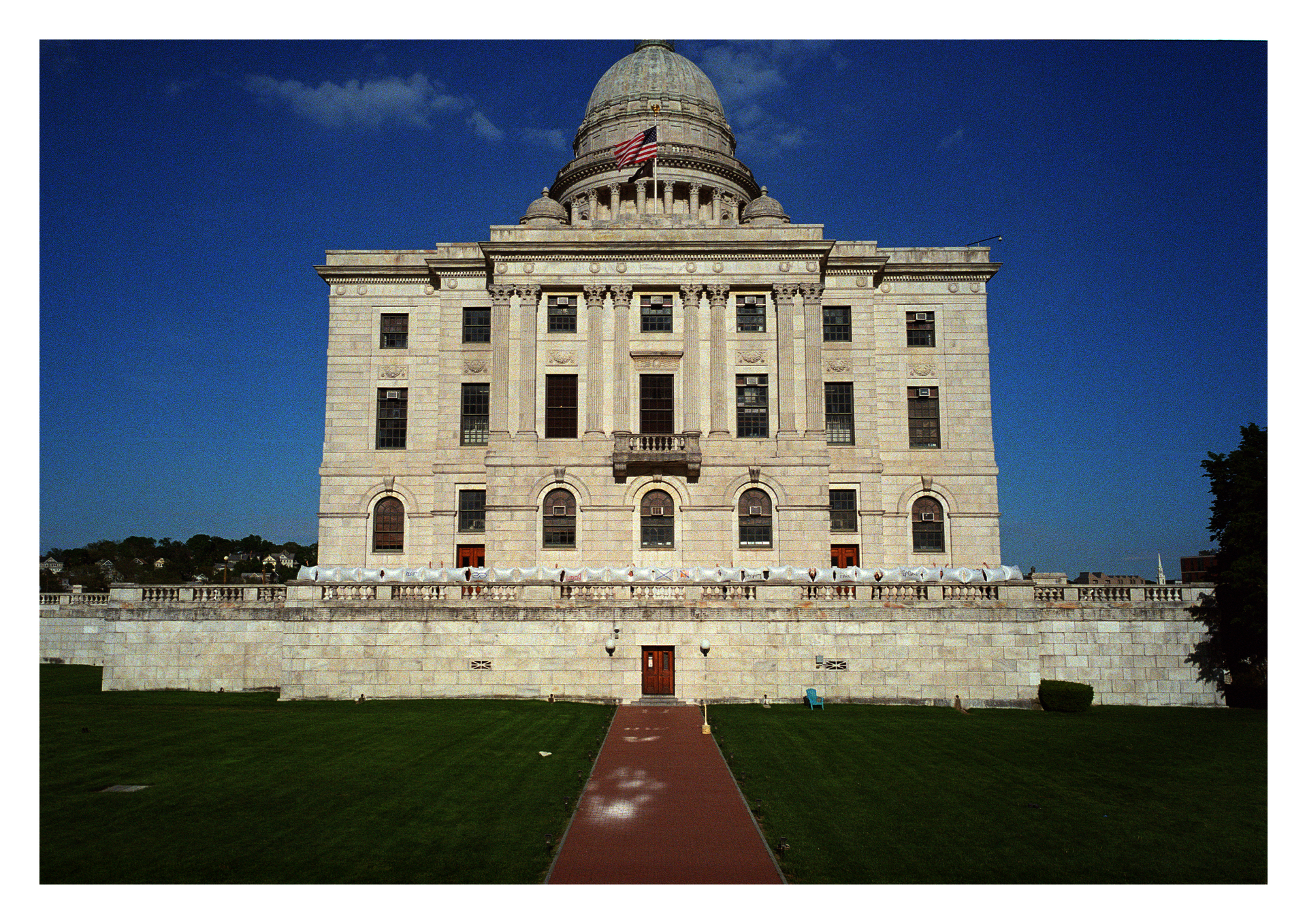
Image
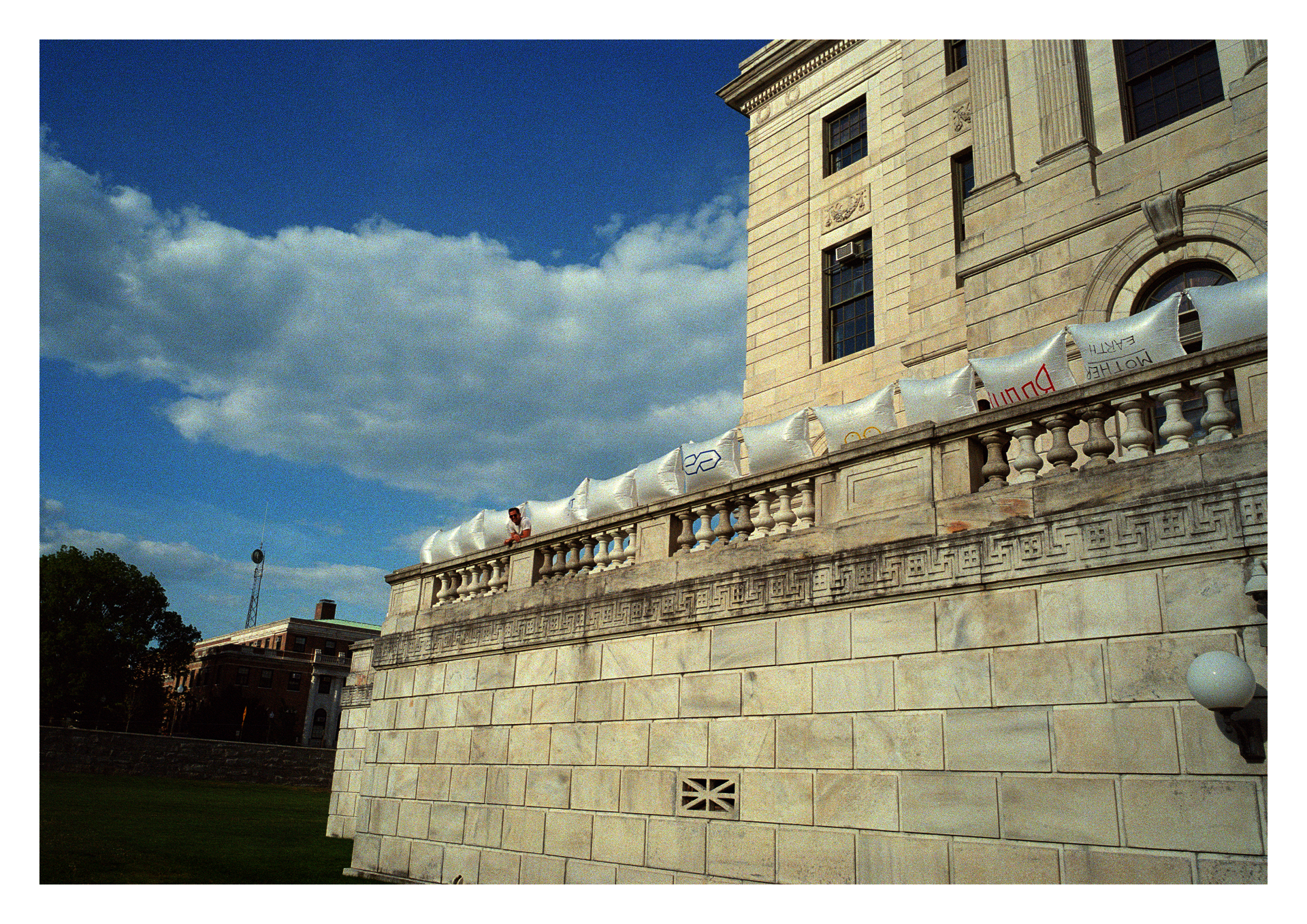
Image
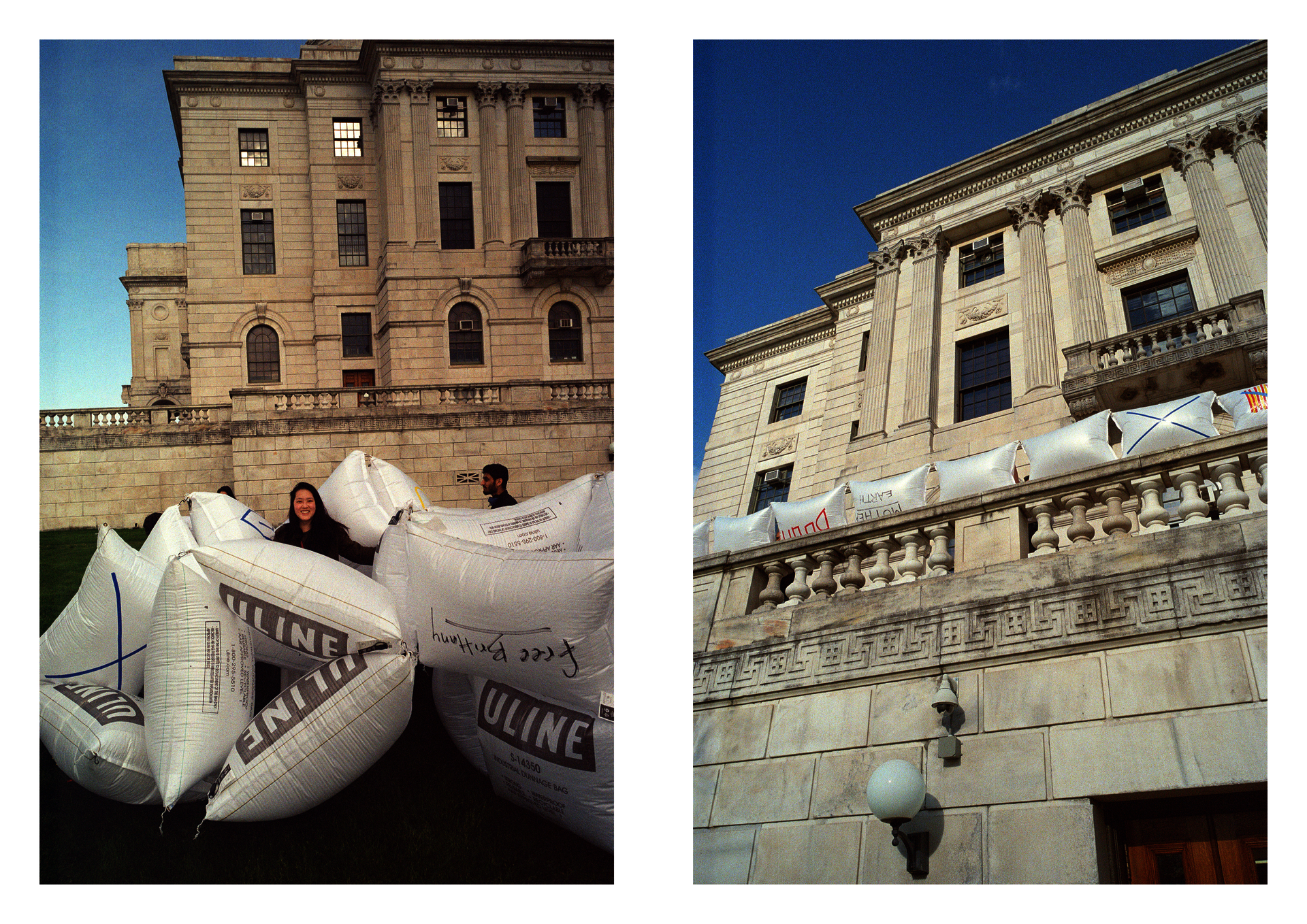
Image
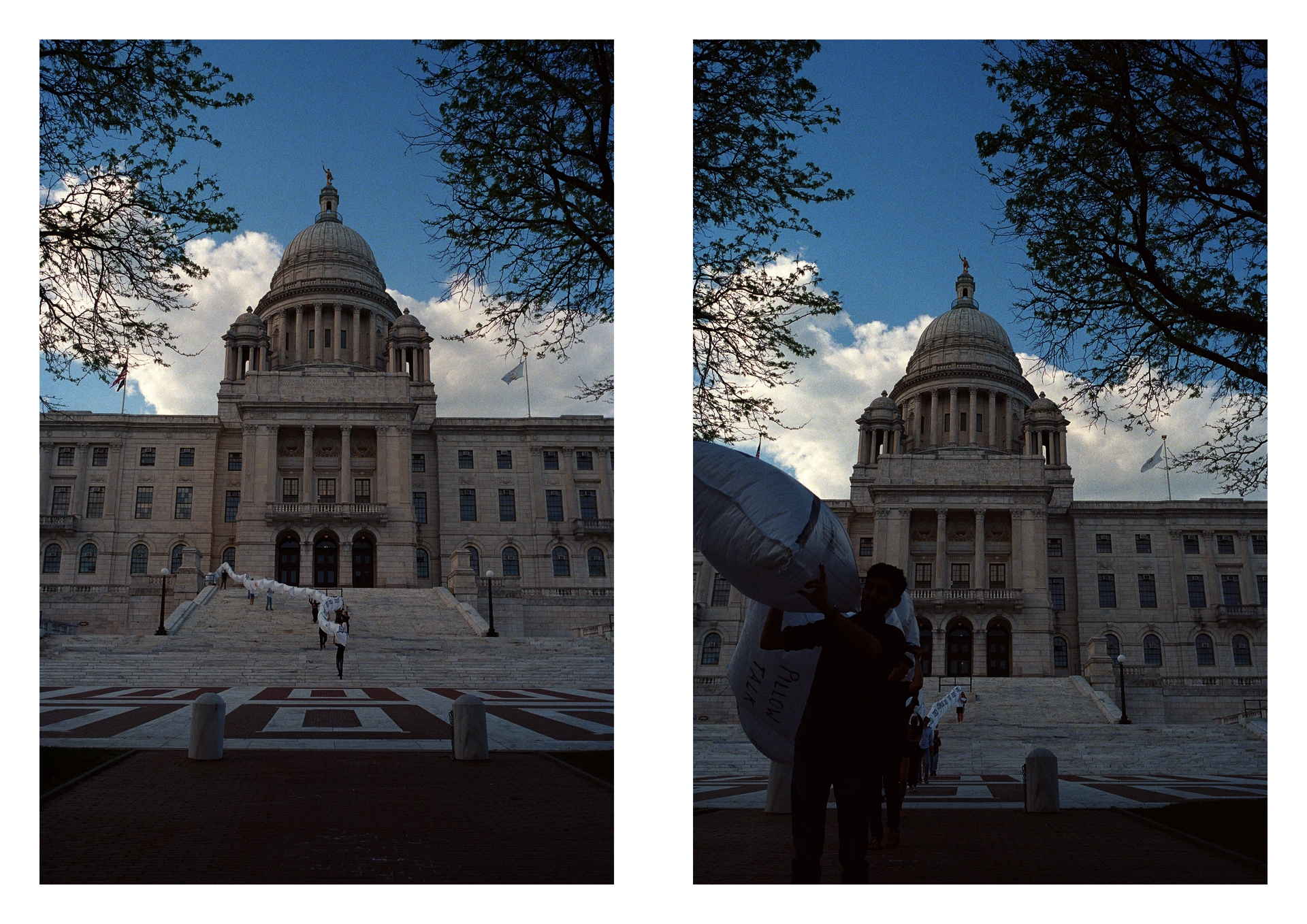
Image

Image
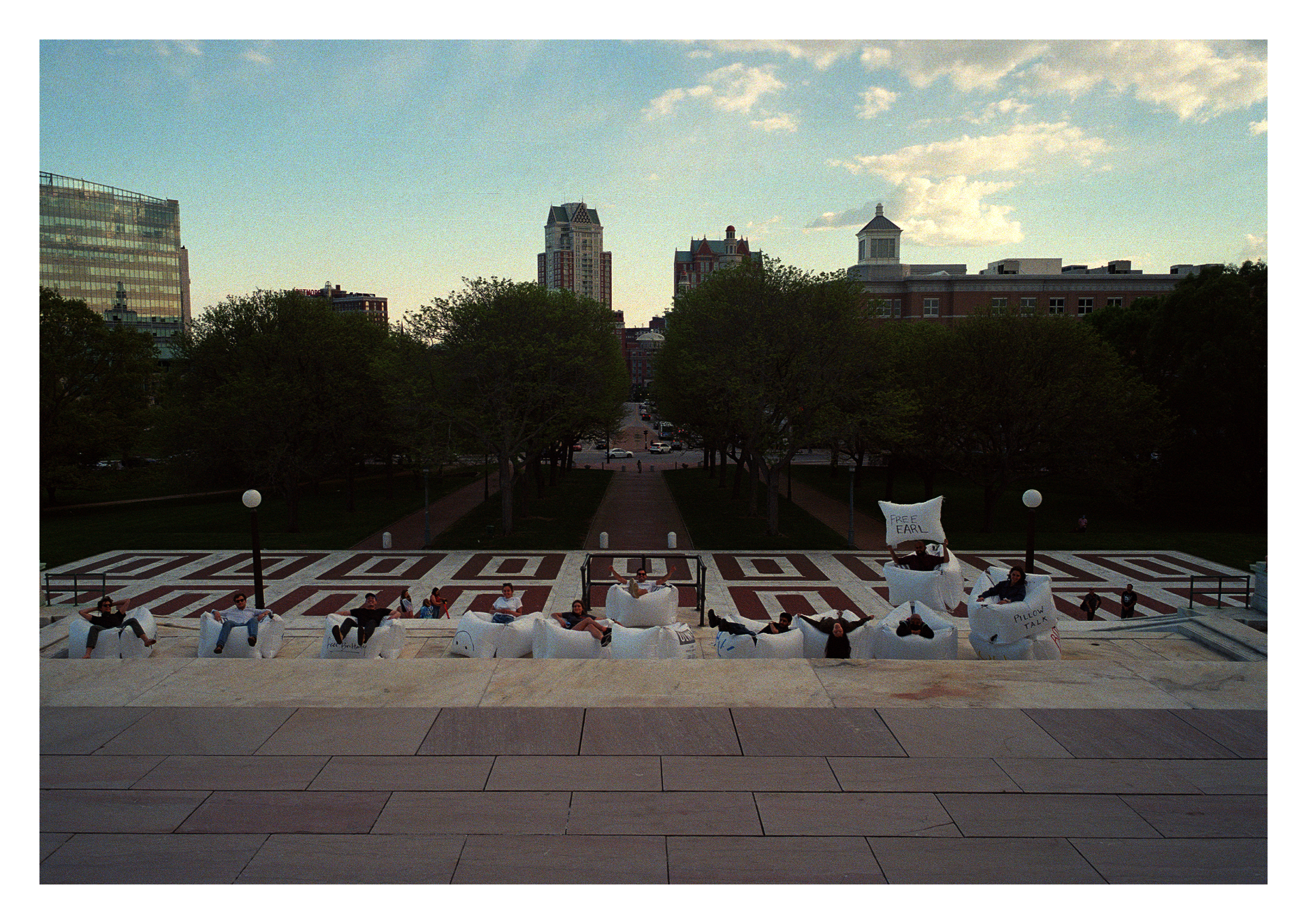
▲ Thank you to all of my friends that took time out of your busy schedules to help make this happen. From left: Quinn Wilcox, Alexander Kern, David Waite, Mathilde Manacorda, Victoria Barlay, Samuel Capozza, Yash Gupta, Karen Kuo, Sarah Burashed, Sumanth Krishna, Mischa Ayr.
ANNONTATED BIBILOGRAPHY
- Hendren, Sara. What Can a Body Do?: How We Meet the Built World. New York, NY: Riverhead Books, 2020.
- Huizinga, Johan. Homo Ludens: A Study Of the Play-Element In Culture. London, UK: Routledge, 1955.
- Illich, Ivan. Tools for Conviviality. New York, NY: Harper & Row, 1973
- Lippard, Lucy. Trojan Horses: Activist Art and Power. NY/Boston 1984.
- Van Norstrand, F. P. Royal Gifts For the Kindergarten School & Home. Chicago, IL: Chicago Standard Pub. Co., 1889
ENDNOTES
- Chester Smolski Collection, Special Collections, James P. Adams Library, Rhode Island College.
Ultramoderne, Vacant Providence, 2019.

